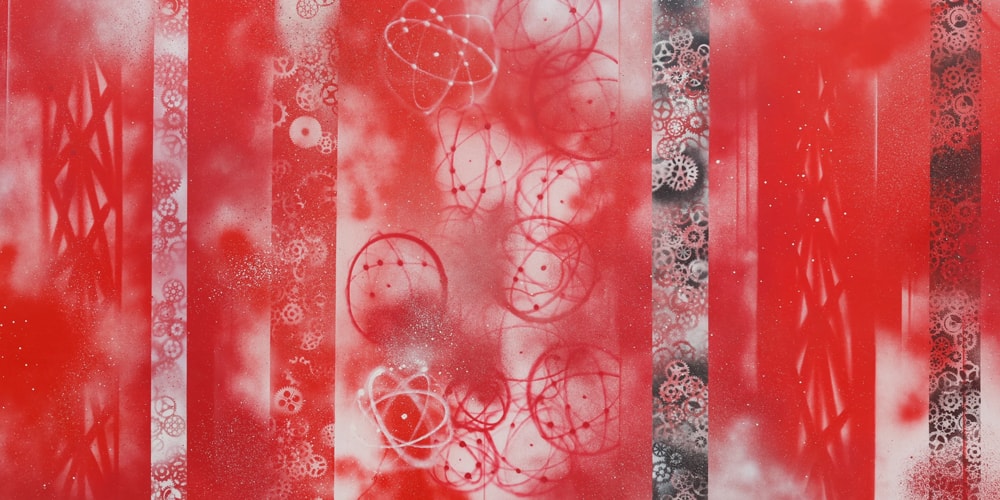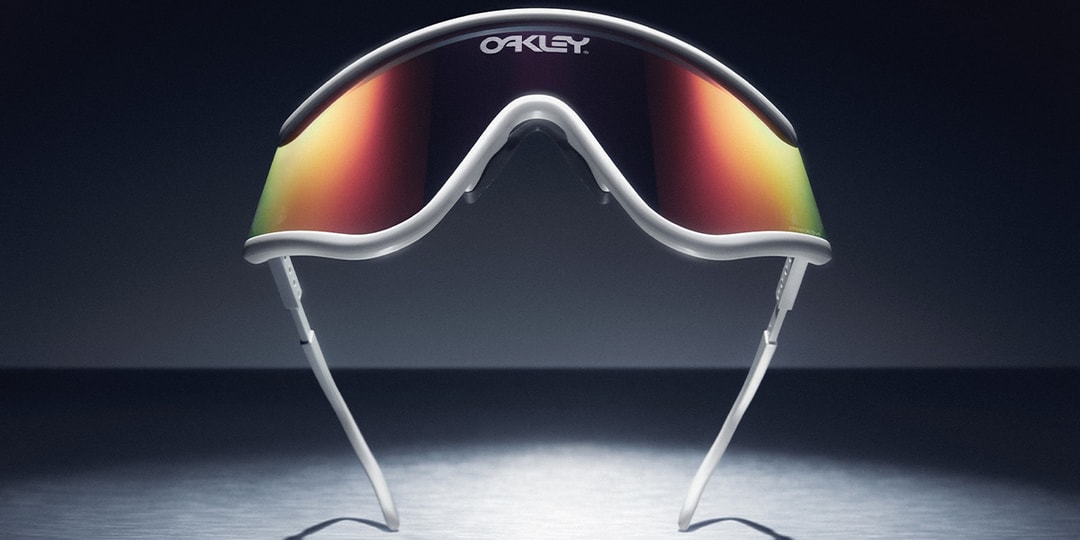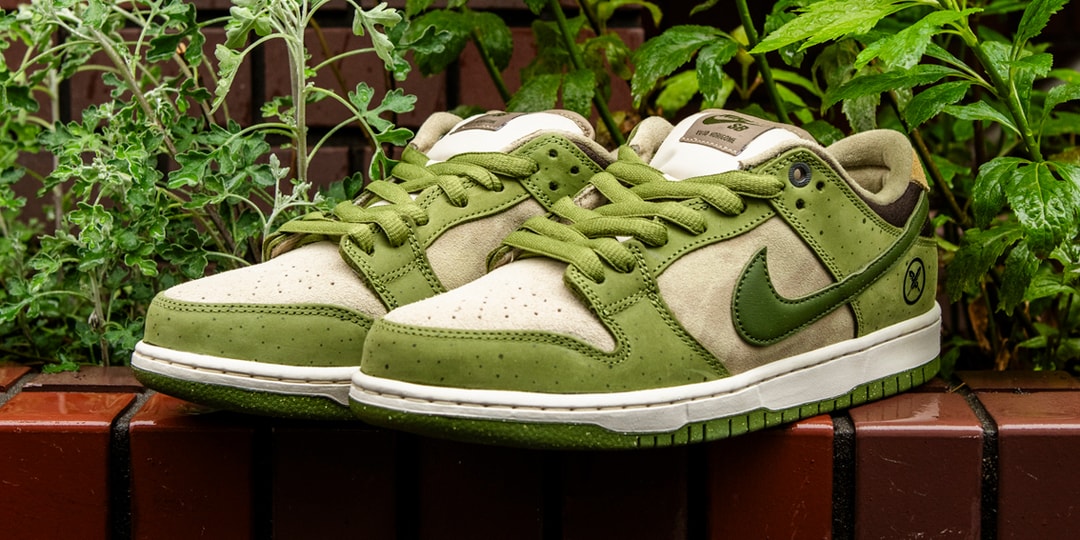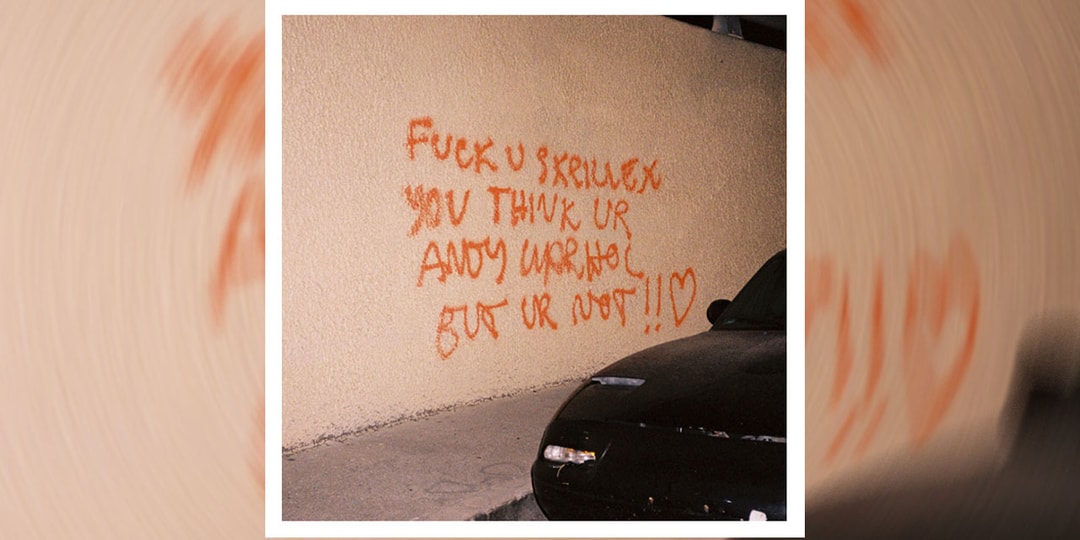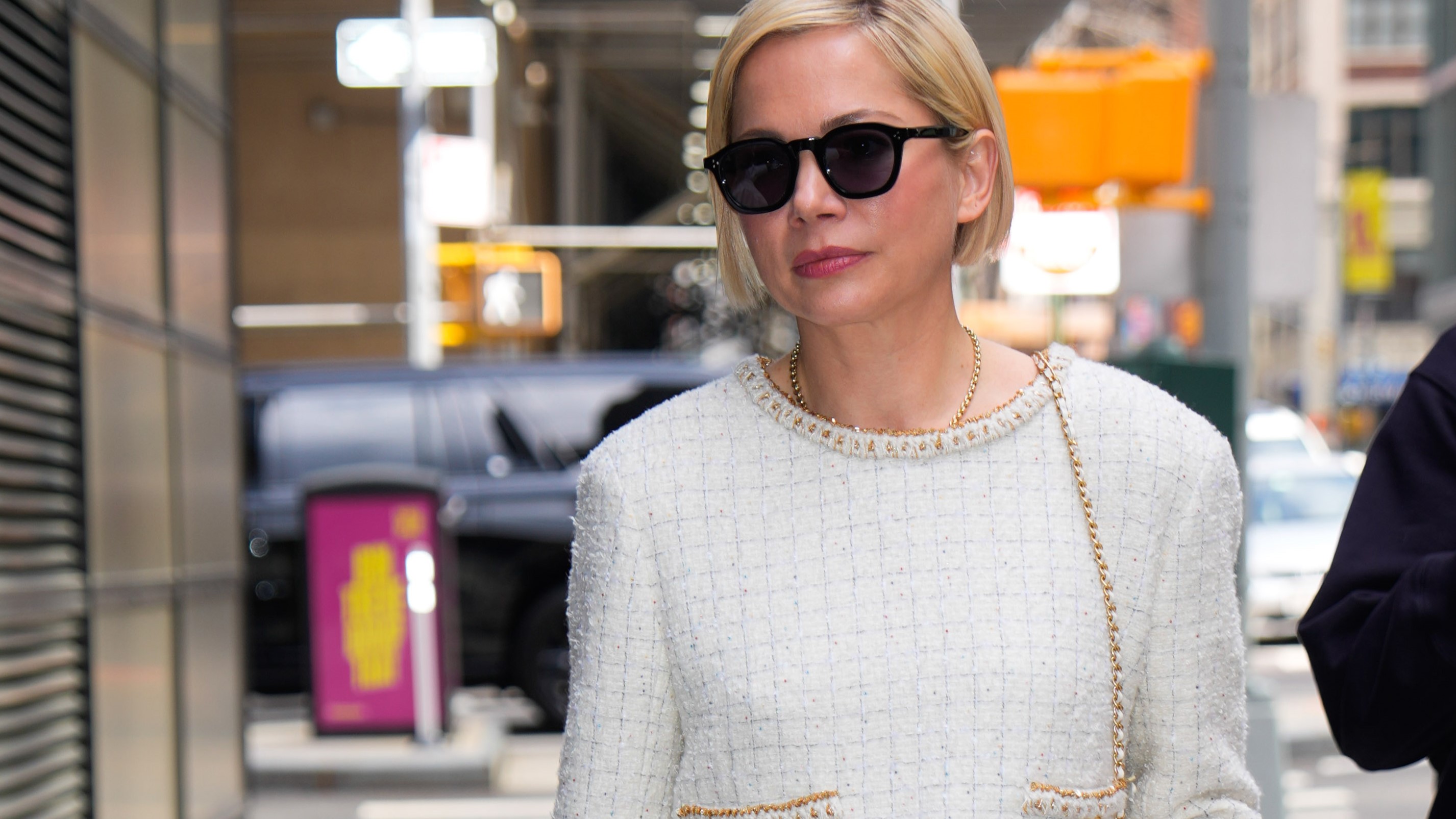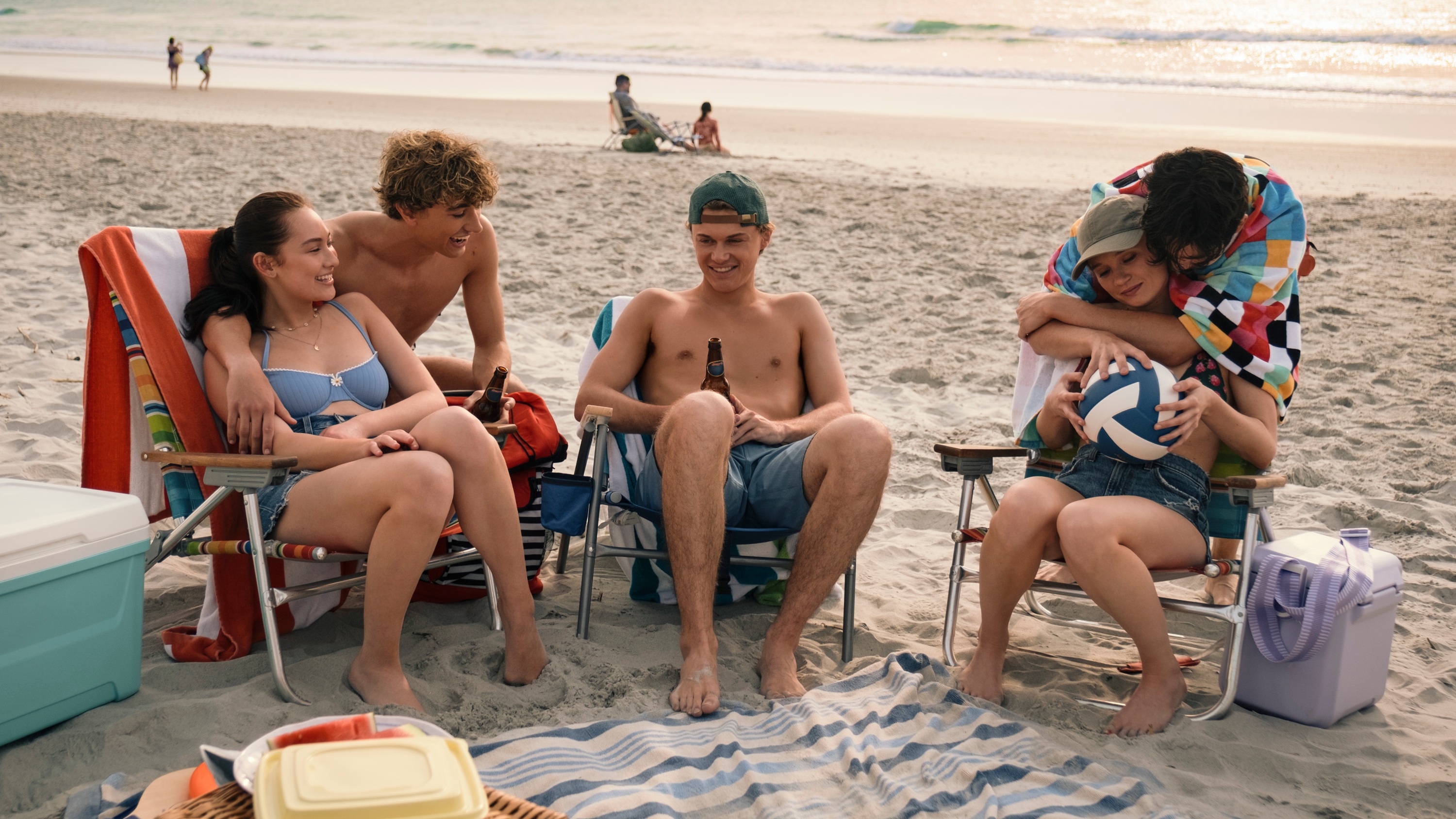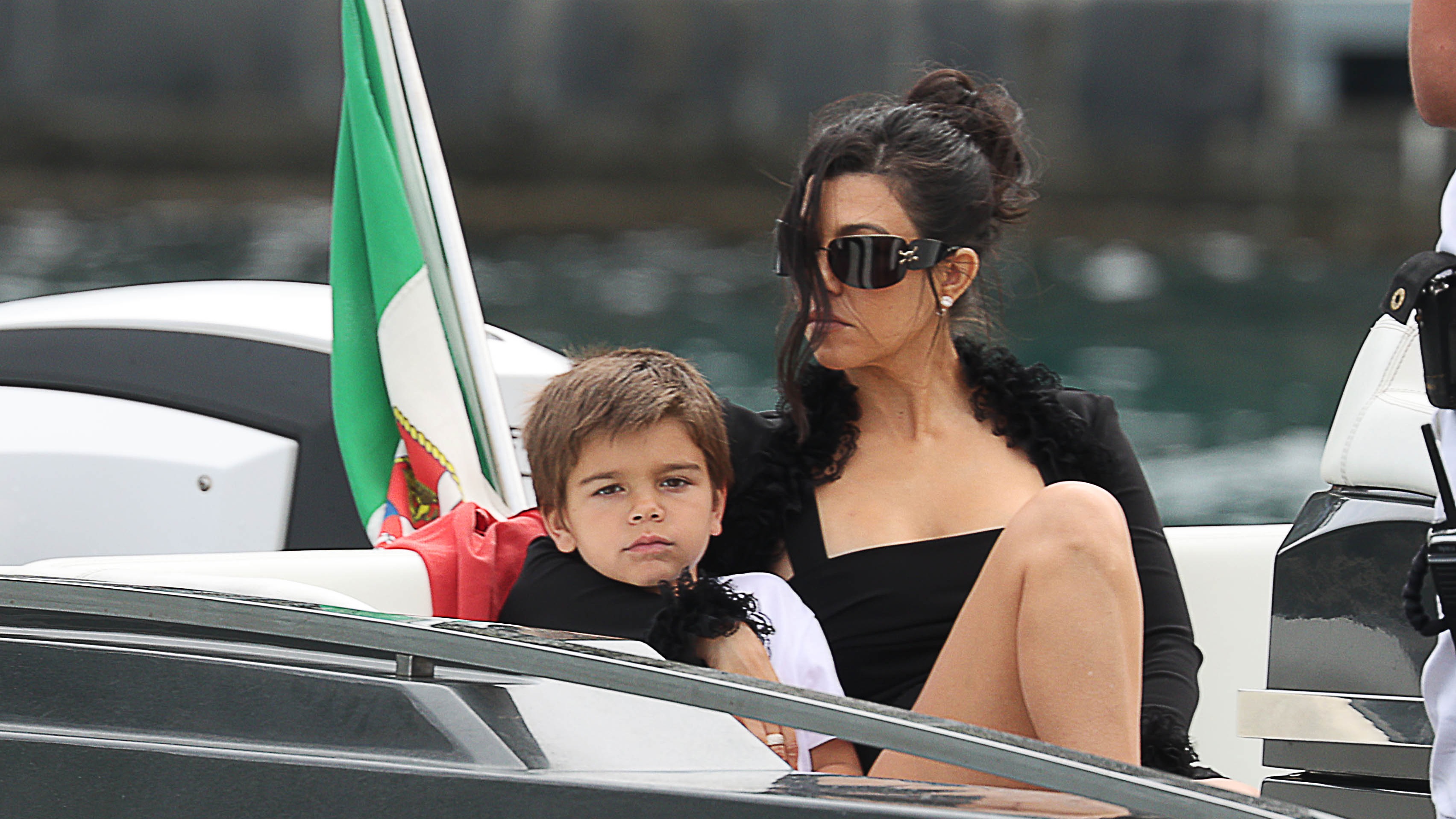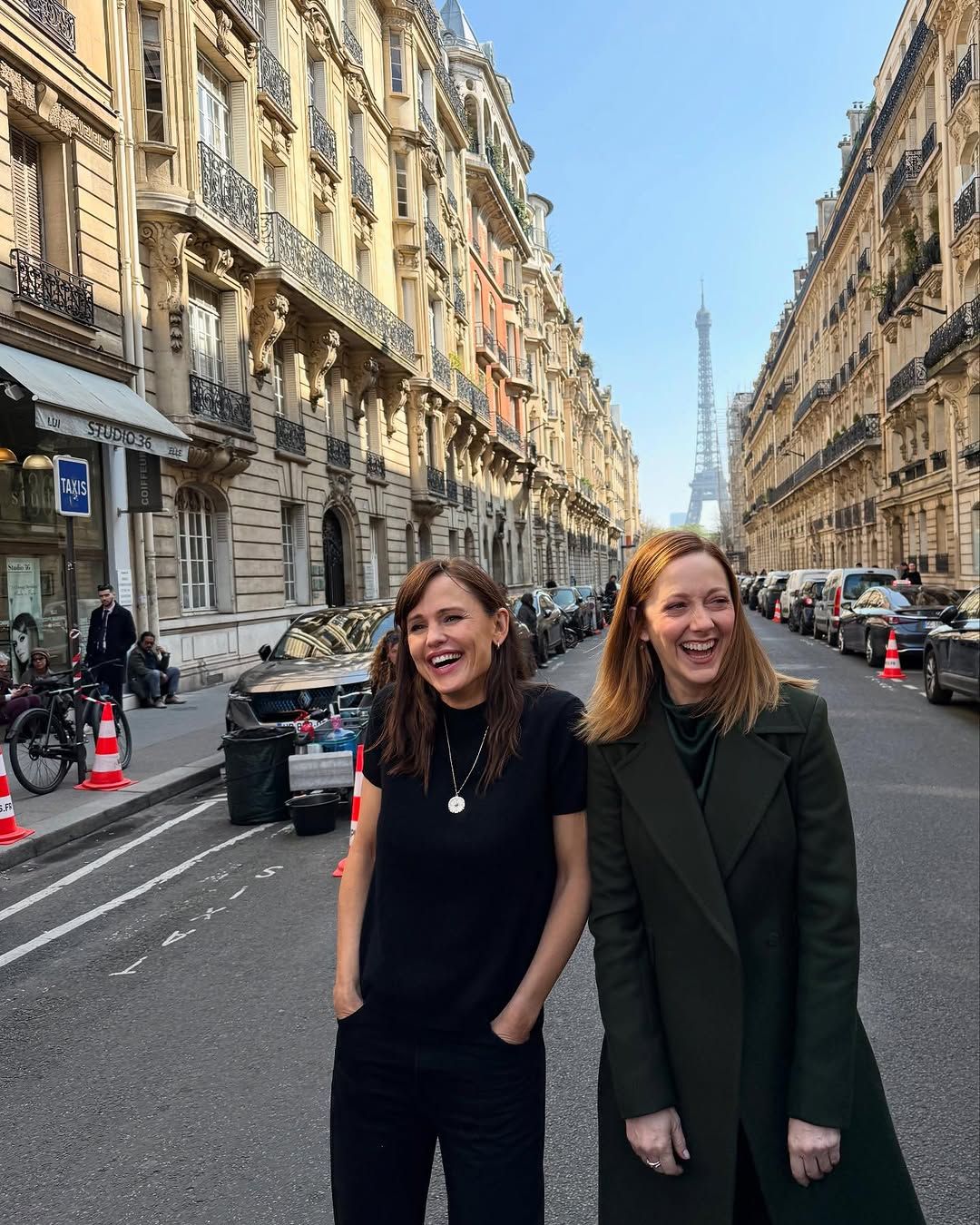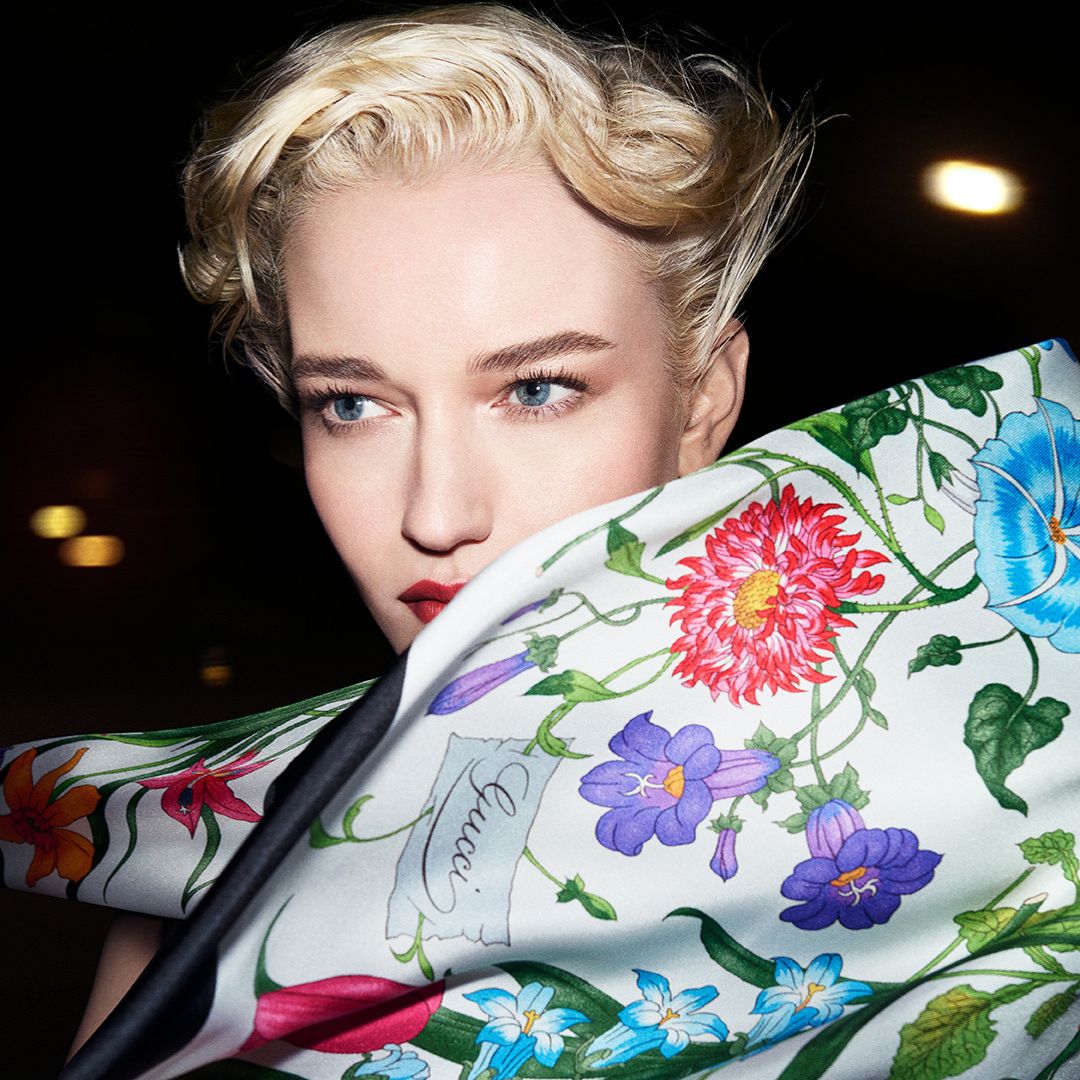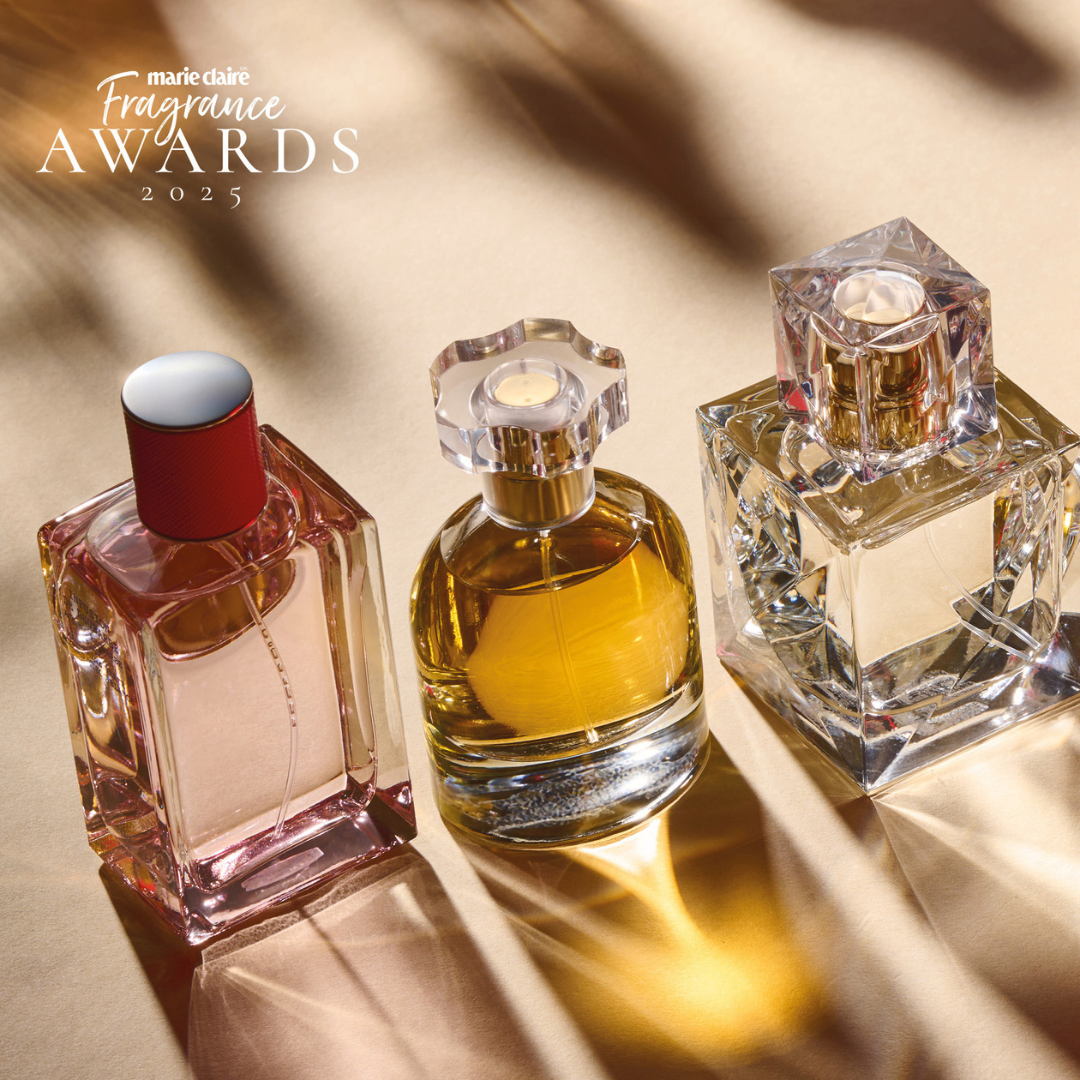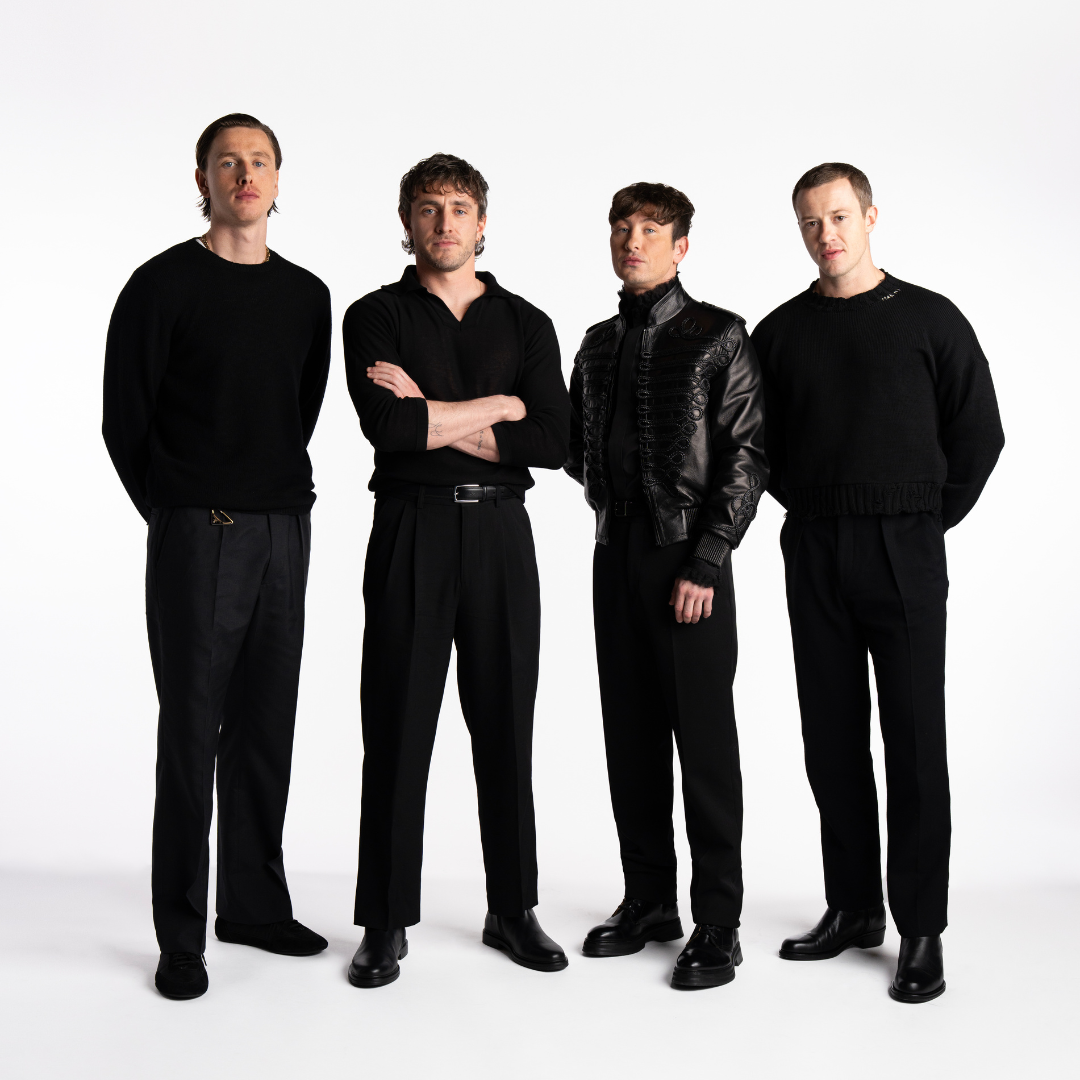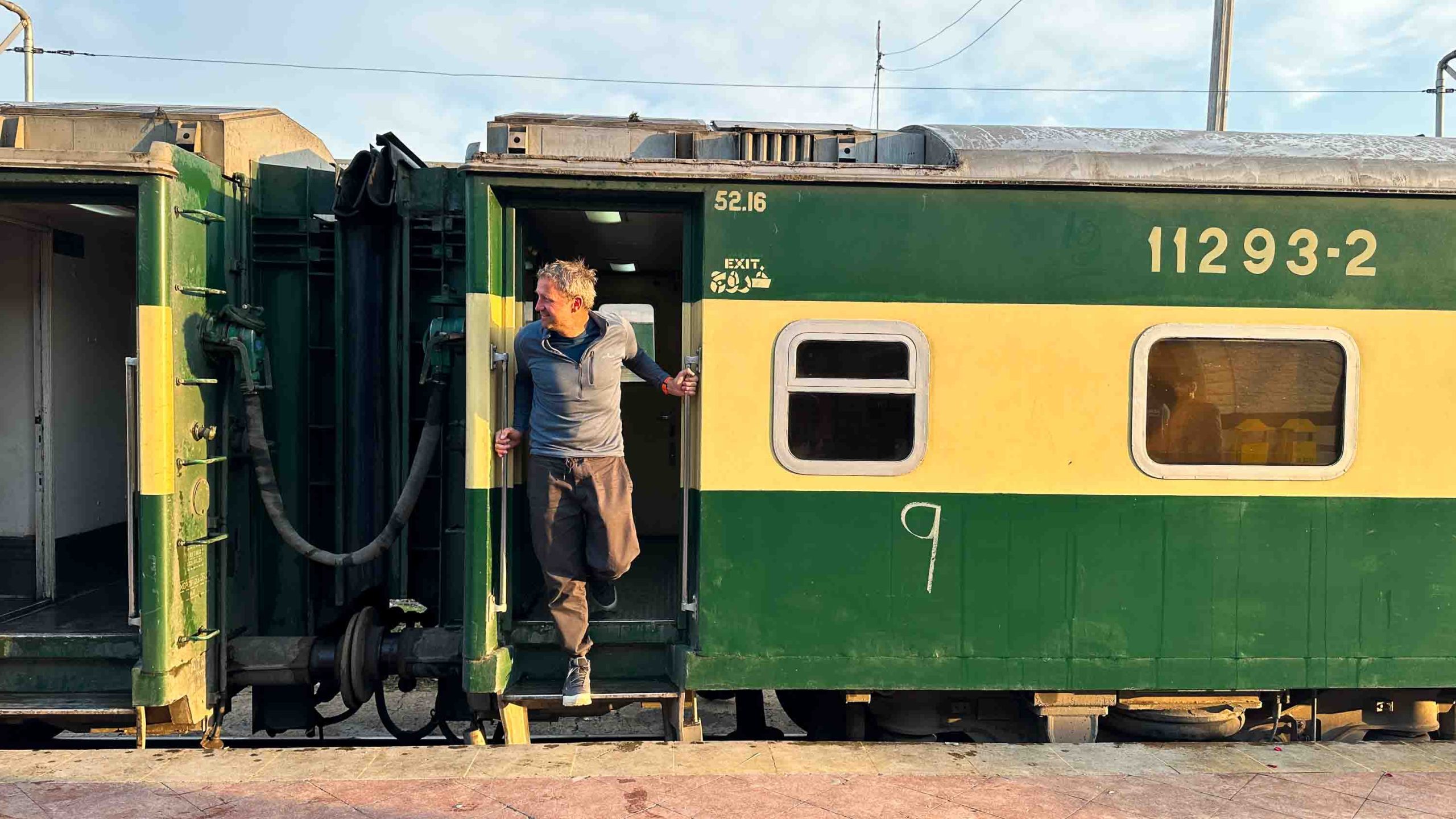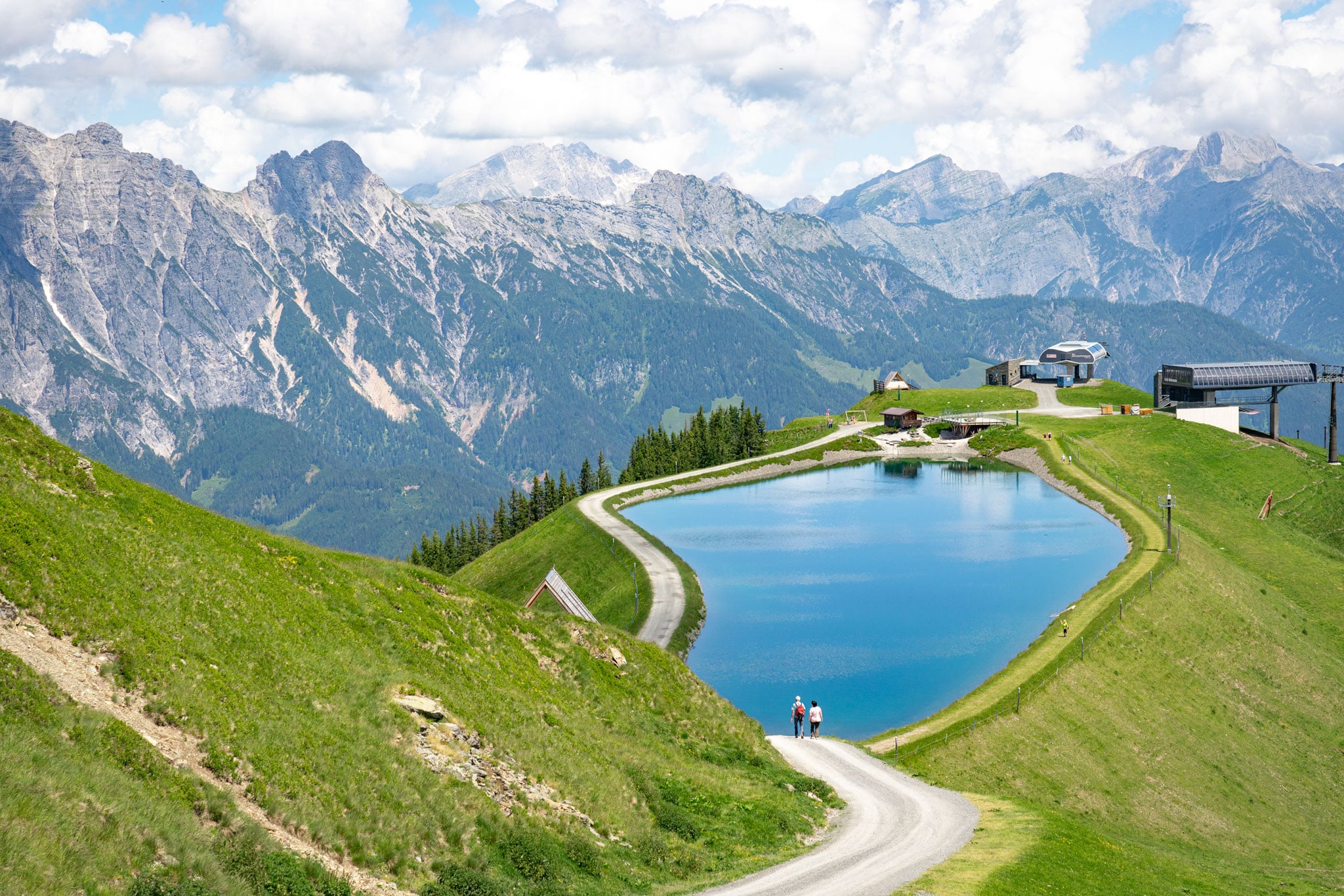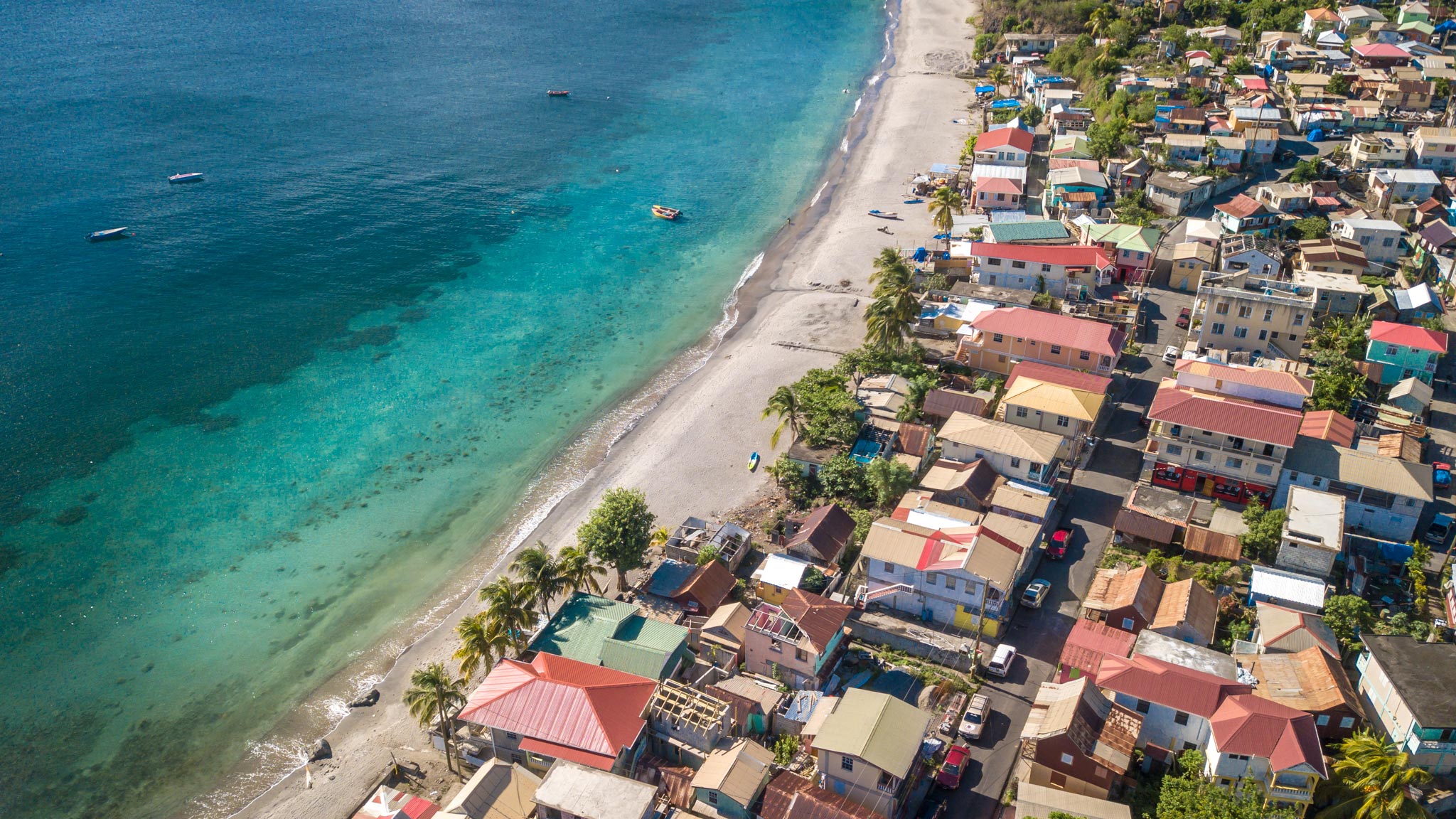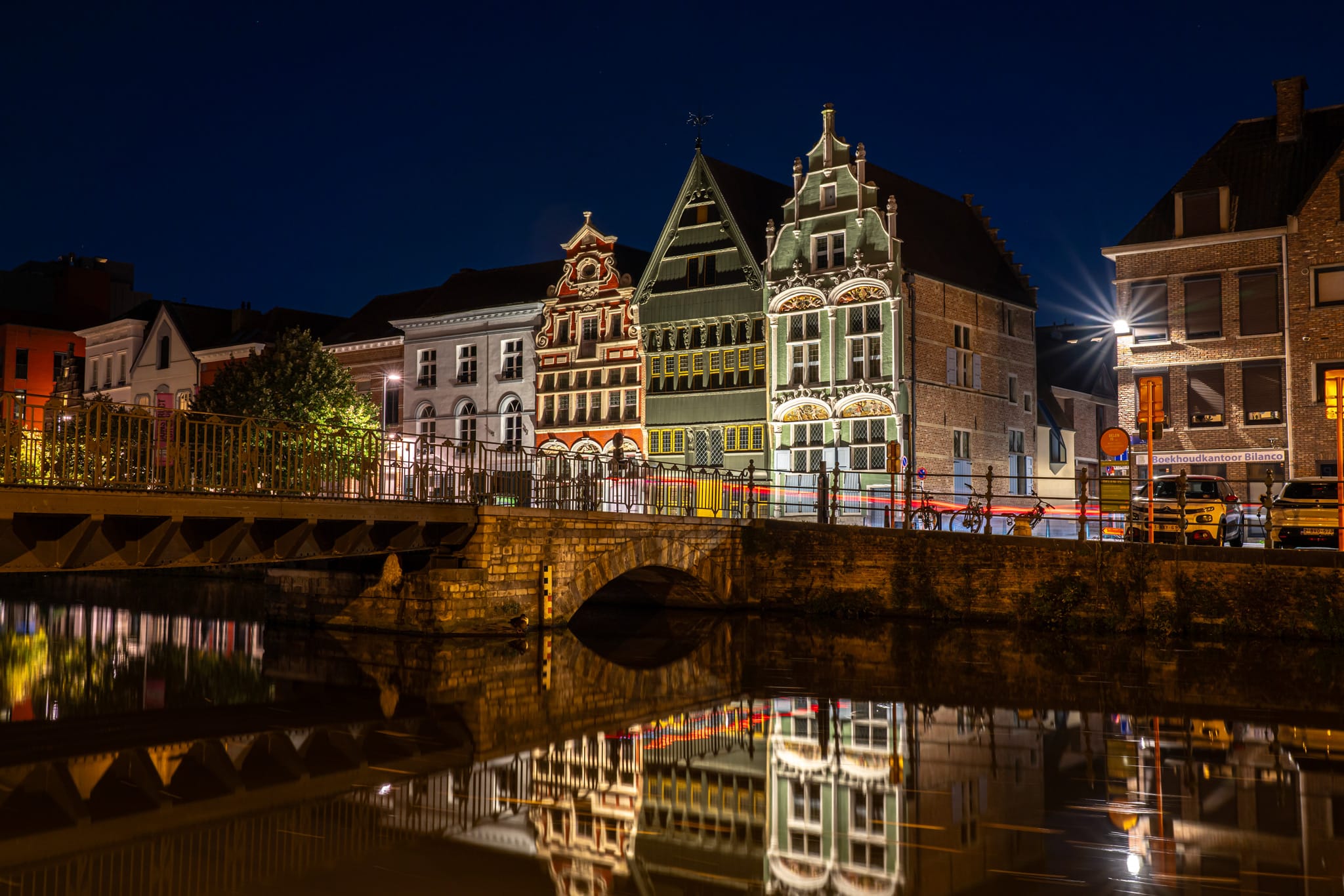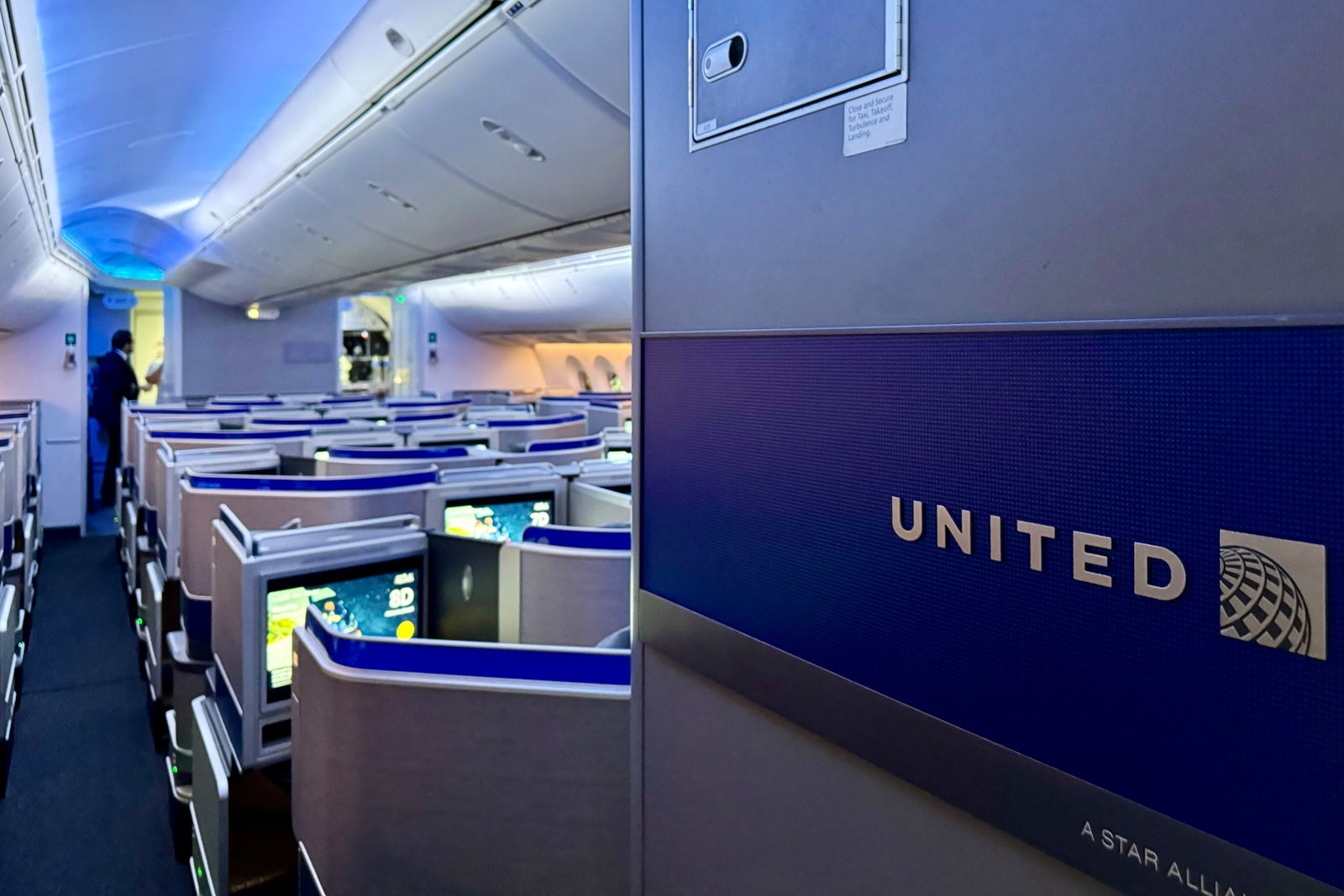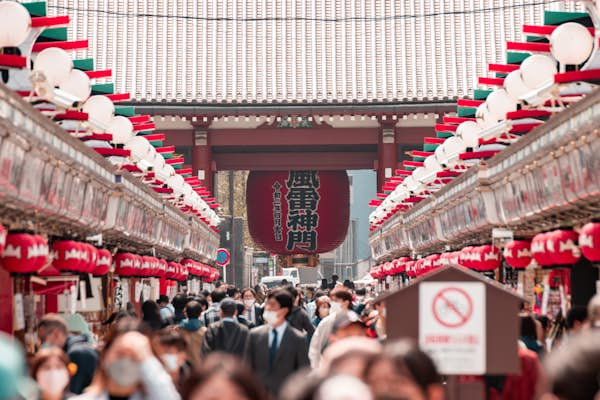The 7 best places to visit in Luxembourg
From Luxembourg City with its dramatic fortifications to small historic towns topped by castles, here are the best places to visit in Luxembourg.

Don't think that Luxembourg is all banks and offices. The capital of this tiny nation, Luxembourg City, fills a dramatic fortified canyon, and beyond lie magical castles nestled in hilly green countryside with great walking trails and vineyards producing highly quaffable sparkling wines.
A bonus is totally free public transport that may make you want to leave the car behind. Many museums are free to visit (or at least great value) and the country has a good network of youth hostels and some handy Airbnb rentals if you're looking to reduce costs.
When planning a trip to Luxembourg – whether for a week or a weekend – keep in mind that most places around the Grand Duchy are close enough to visit on day trips from Luxembourg City, while overnight stops in Echternach, Vianden, Esch-sur-Sûre and other small towns will add a new perspective to your visit.
To help you plan the perfect trip, here’s a roundup of the best places to visit in Luxembourg.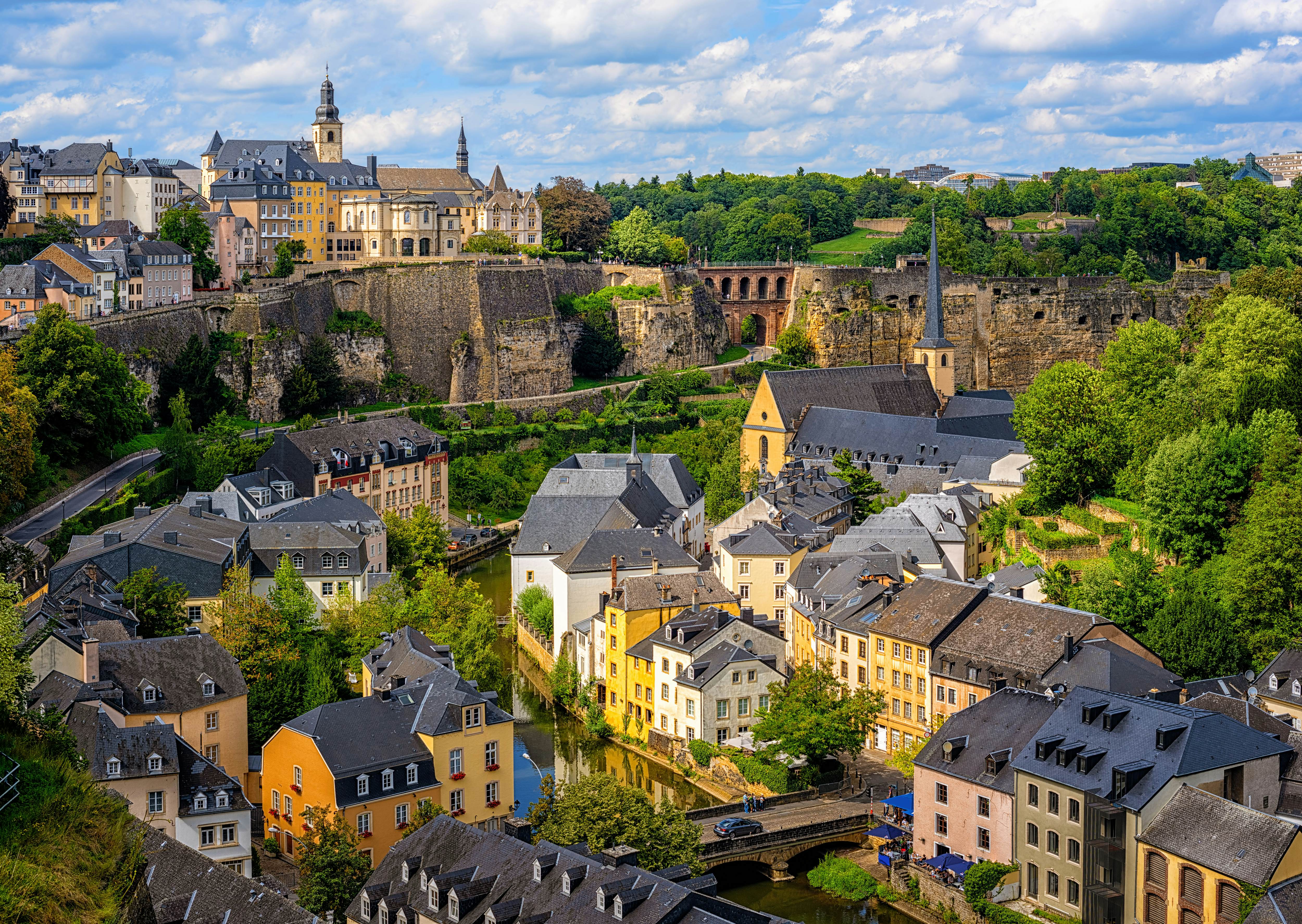
1. Luxembourg City
Best for history buffs
Historic Luxembourg City is wrapped around a UNESCO World Heritage-listed Old Town – centered on the Haute Ville – and laced with bastion walls, fortified gates, castle remnants, viewpoints, parks and footpaths overlooking the Alzette and Pétrusse rivers.
Stand on the century-old Pont Adolphe bridge for the classic Luxembourg City view, looking across the Pétrusse Valley to a hefty series of Vauban-era, star-pointed bastions. The atmospheric Grund quarter lies down at the riverside, while the European quarter – home to most of the EU institutions – sits on the Kirchberg Plateau, across the red Pont-Grande-Duchesse Charlotte bridge.
From near the Dräi Tier (Triple Gate), head towards Fort Thüngen, a castle from 1730 containing an intriguing local history museum – the Musée d'Histoire de la Ville de Luxembourg. Nearby, you can visit the Palais Grand-Ducal (Grand Ducal Palace), the city’s royal residence, photogenically a-flutter with pointy turrets. Head to the inviting Chocolate House terrace cafe for sweet treats with a palace view.
There are more sections of the old walls along the Montée de Clausen and the glorious Chemin de la Corniche pedestrian promenade. As you explore fortifications throughout Luxembourg City, look for the city’s casemates – military emplacements set inside a honeycomb of tunnels and artificial caves.
Northeast of the Palais Grand-Ducal, the Bock Casemates can be toured at your own pace via spiral stairs and more than 300 steps. Just over a mile away, you’ll find the elongated black spires of the Cathédrale Notre-Dame. Be sure to stop by the Mudam gallery to sample the city’s contemporary art scene, and swing by Konrad Café & Bar for delicious carrot cake.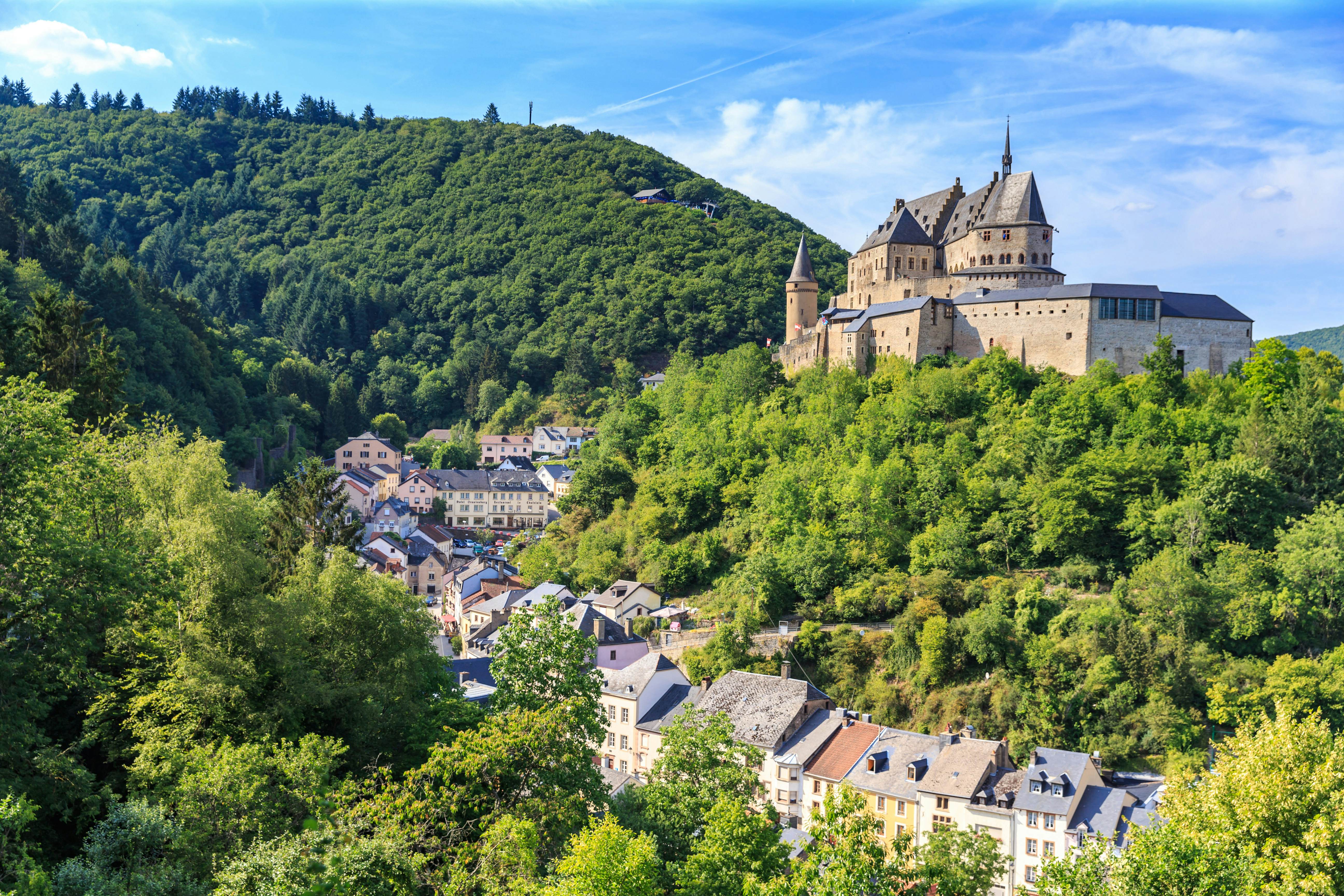
2. Vianden
Best for medieval castle magic
Luxembourg’s best-restored castle rises over the loveable old town of Vianden, with chairlift access for those who don’t want to struggle up the scenic but steep cobbles of the Grand Rue to the castle gates. The interiors contain some interesting photo galleries exploring the reconstruction of this 11th to 14th-century fortress.
Vianden also has a little Victor Hugo Museum in the house where the author once stayed, a fascinating hydroelectric plant that is open to visitors, and zip-line adventures for all ages. Stay at Auberge Aal Veinen Biem Hunn, a charming inn and Germanic restaurant with a barrage of ancient beamwork right on Vianden’s historic Grand Rue.
About 9km (6 miles) west of Vianden, Château de Bourscheid is another huge and utterly dramatic castle that is particularly splendid when seen from afar. About 7km (4.5 miles) further south, Esch-sur-Sûre boasts two disconnected tower stubs surrounded by a village that must surely be Luxembourg’s prettiest.
Detour: For more fabulous castles, drive from Luxembourg City to Vianden via the towns of Larochette and Beaufort – both with evocative medieval ruins. 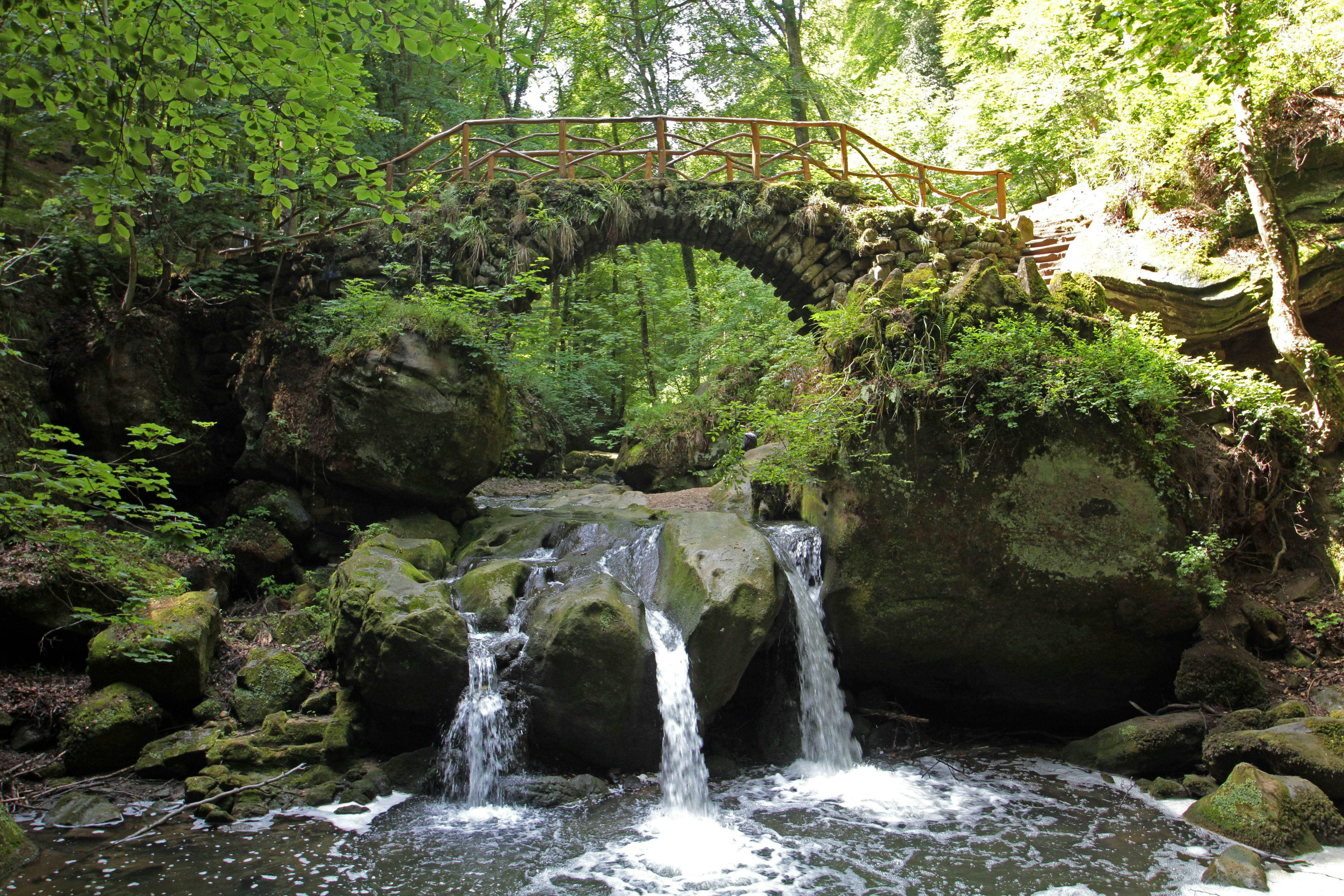
3. Müllerthal
Best for natural beauty
There’s no shortage of beautiful countryside in Luxembourg, but nothing can match the magical Müllerthal woodlands – a serene sprawl of beech forests, mossy outcrops and streams weaving through miniature canyons.
The classic E1 hiking trail winds for 6km (3.7 miles) from Echternach to Berdorf, passing the Wolfsschlucht (Wolves’ Canyon), where a stone staircase leads to a fine viewpoint. Further on, the trail traverses a network of atmospheric cliffs and tight ravines known as the Labyrinthe, passing a small cave system called Hohllayust just before Berdorf. To finish, loop back to Echternach via the Geierslee viewpoint or take buses 191 or 211.
Equally charming but less frequented is the 5km (3.1-mile) circular walk that starts from the woodland car park south of the church in Nommern, west of Larochette. Steps help hikers navigate the steepest sections, most memorably at the outcrop known as Drachelay, where the path loops the loop over a tiny metal bridge.
Planning tip: For a different view of the Müllerthal region, take bus 500 from Echternach to Dillingen, and rent a kayak to paddle along the Sûre River from Outdoor Freizeit. 
4. Esch-sur-Alzette
Best for industrial heritage and rock and roll
Esch-sur-Alzette, Luxembourg’s second city, was designated a European Capital of Culture in 2022. This might seem unlikely for a town best known for its rusting steelworks, but in the industrial Belval quarter, two gigantic blast furnaces have been imaginatively preserved as the focus of an impressive regeneration project.
Today, the restored hauts fourneaux can be explored on a self-guided circuit that evokes the industrial history of this former steel town (open daily except Tuesdays). Afterward, stop for refreshments at the cool Café Saga, serving some of Luxembourg’s best eggs Benedict at weekends.
Music fans gather in Belval for live music shows at Rockhal, Luxembourg’s biggest live-music venue on appropriately named Avenue du Rock’n’Roll. It’s a must-visit music hall for everything from rock to pop, though catching a heavy metal concert here is probably the classic Belval experience.
Planning tip: For refined food at bistro prices, visit La Maison Lefèvre, set in a splendidly restored 1897 townhouse in central Esch-sur-Alzette.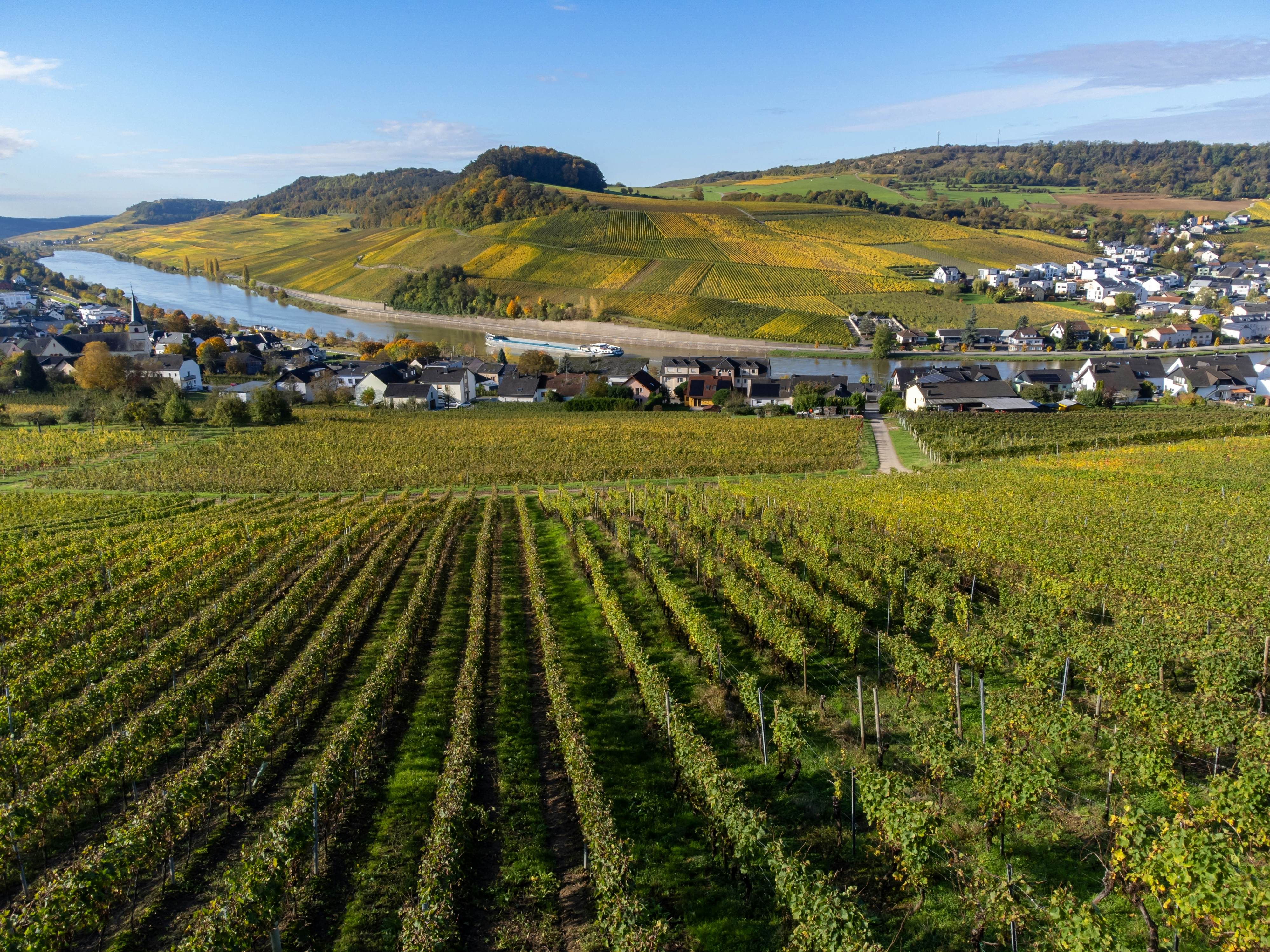
5. River Moselle
Best for wine lovers
The River Moselle forms the border between Luxembourg and Germany between Wasserbillig and Schengen, and its banks are draped in emerald-green vineyards that produce generous crops of wine grapes each fall.
These vines are the source of the excellent crémants (sparkling wines produced by the méthode traditionelle) that give dinners and events in Luxembourg that extra sparkle. The Moselle wine region is also respected for its white wines, including Pinot Blancs, which are almost unique to Luxembourg.
Though interrupted by a few less attractive sections, the scenery along the river is very appealing, especially south of Ehnen, where the rebuilt Wëin Haus museum is due to reopen in 2025. However, wine tasting is the focus for most visitors.
Wineries are dotted along the road (and parallel cycle path) that traces the riverbank, and most have tempting tasting rooms. If you want to learn more about the wine-making process, take a tour at Bernard-Massard by the bridge in Grevenmacher, with its art-filled reception area and humorous guides. Tours run hourly on the hour but consider prebooking online as places are limited.
Other memorable Moselle winery experiences include the raised tasting platform at Cep d’Or, a vineyard celebrated for its richly oaked Pinot Blanc Barrique. Domaines Vinsmoselle’s imposing Poll Fabaire premises in Wormeldange offers tastings with a view on the terrace.
Planning tip: Visitors are drawn to the town of Remich by riverboat trips on the Moselle and an impressive selection of eateries, but the place can become somewhat overcrowded, particularly on a summer Sunday –visit during the week for a calmer experience. 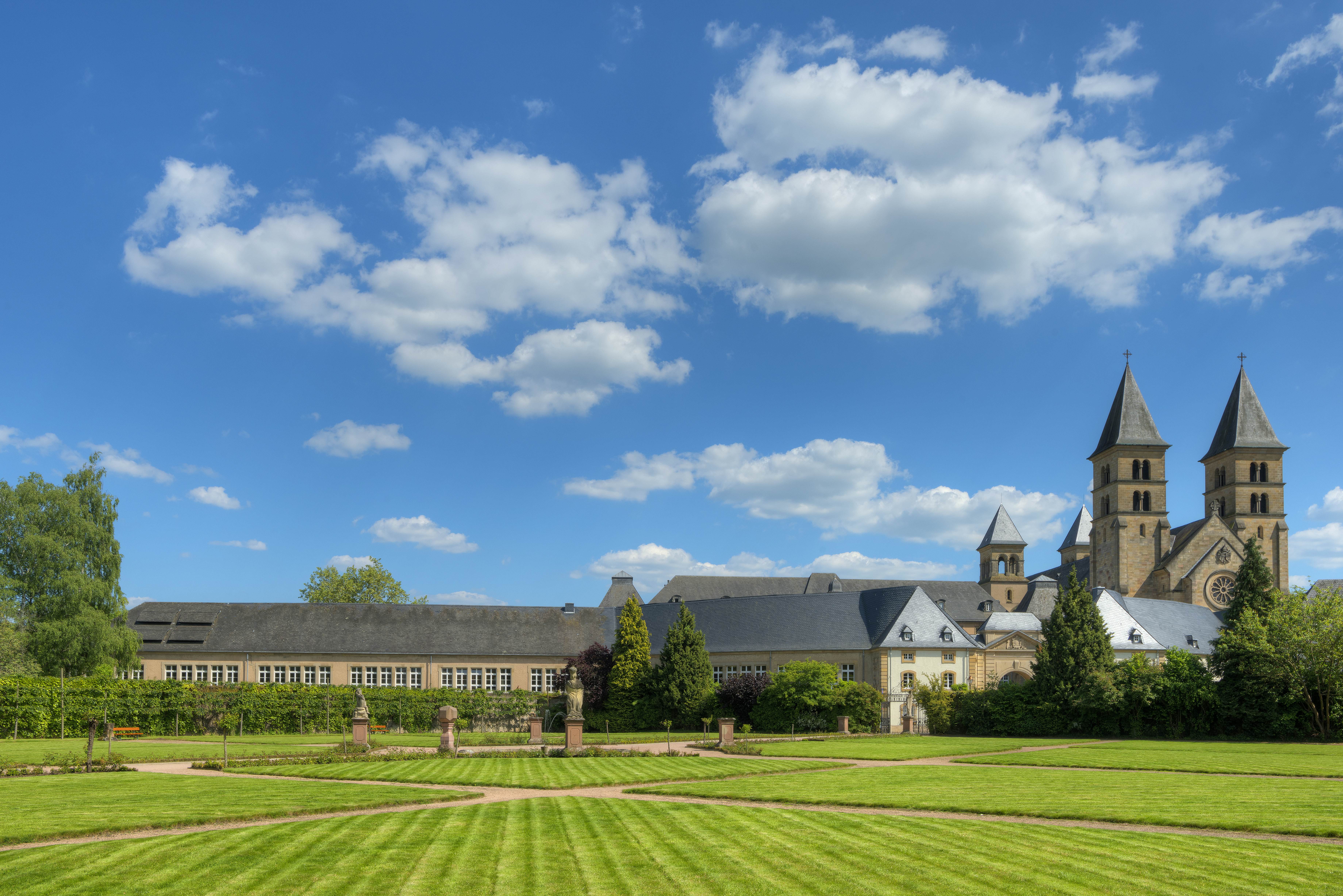
6. Echternach
Best for scenic garden strolls
Set in a garden-dotted bend of the River Sûre, Echternach is Luxembourg’s oldest city, centered on a Gothic basilica founded in 698 CE by the Northumbrian-born missionary, St Willibrord. By the 11th century, the church had achieved its full Romanesque splendor, with a large attached abbey hosting a highly influential scriptorium.
Today, the expansive Abbaye d’Echternach site is partly used as a school but it also hosts an interesting museum on local history. Beyond the gates to the north arcade, you can admire a splendid Orangery from 1736 set in formal French-style gardens. Wander east between tennis courts to find a fine rococo pavilion set in riverside gardens.
The most distinctive secular structure in Echternach’s bustling town center is the Dënzelt, a stone-fronted former law court with origins dating back to the 14th century. The photogenic arcade, statues and corner turrets that give the building its current neo-Gothic appearance were added in 1895.
Detour: Less than a mile south of the city center, the Villa Romane was founded by a wealthy Roman family in the 1st century and uncovered during the creation of a reservoir that is today a popular boating and recreation spot. The neatly maintained archaeological site is set in a garden growing medicinal plant species once used by Roman pharmacists.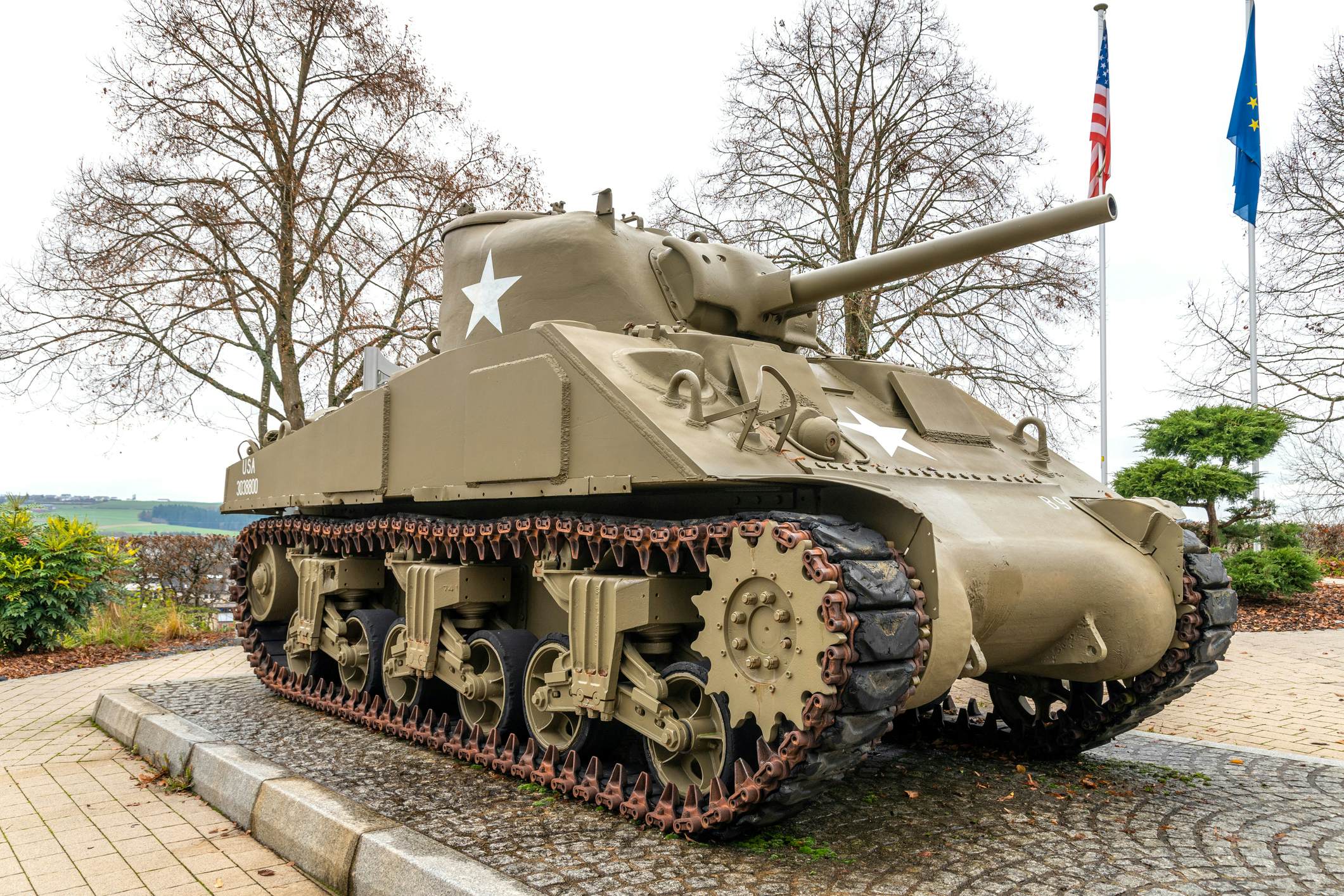
7. Diekirch
Best for WWII history
To learn more about the ferocious battles of the Ardennes during WWII, head for the National Museum of Military History (MNMH) in Diekirch. Here, you can see life-sized military models and displays full of WWII artifacts, including military uniforms, vehicles and period photography, bringing to life the experience of the soldiers who fought here.
If the museum’s automobiles have piqued your interest, follow up with a trip to Diekirch’s National Museum for Historical Vehicles. Admission is free for LuxembourgPass holders, and only €5 (US$5.40) for other visitors. Interesting but pricey tours – available in English, French, German and Luxembourgish – are led by volunteers who share detailed insights into the museum's collection.
Detour: The other key focus for WWII history buffs is the mural-fronted General Patton Museum in Ettelbruck, dedicated to the flamboyant American general. For more WWII history, head northwest from Ettelbruck to picturesque Esch-sur-Sûre, then head north, passing an old US Sherman tank en route to the town of Wiltz, with a small but interesting WWII museum (plus a microbrewery and bar) inside the Château de Wiltz.
This article was adapted from Lonely Planet’s Belgium & Luxembourg guidebook, published in July 2024.




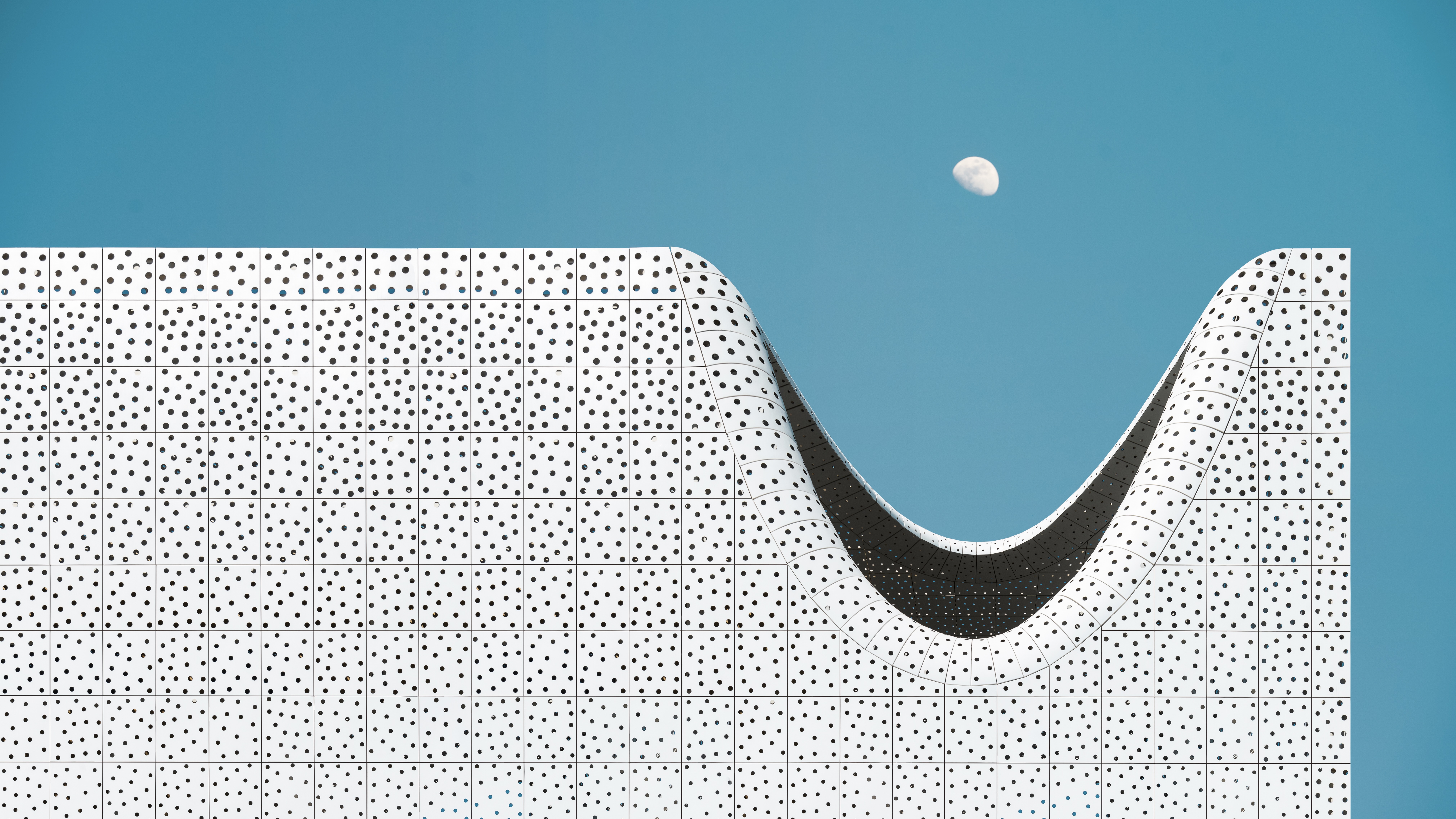















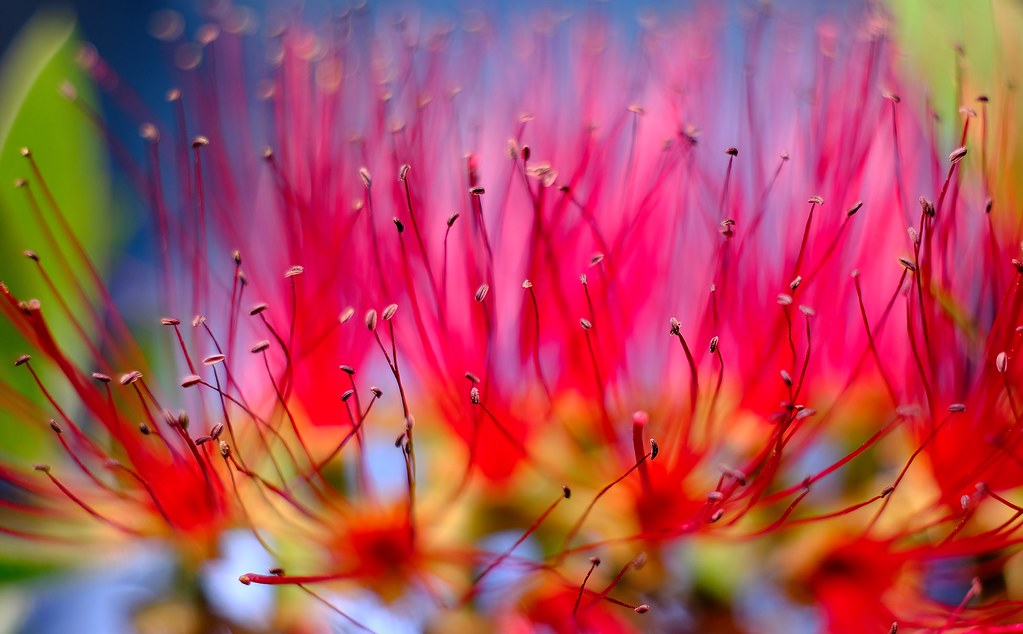

















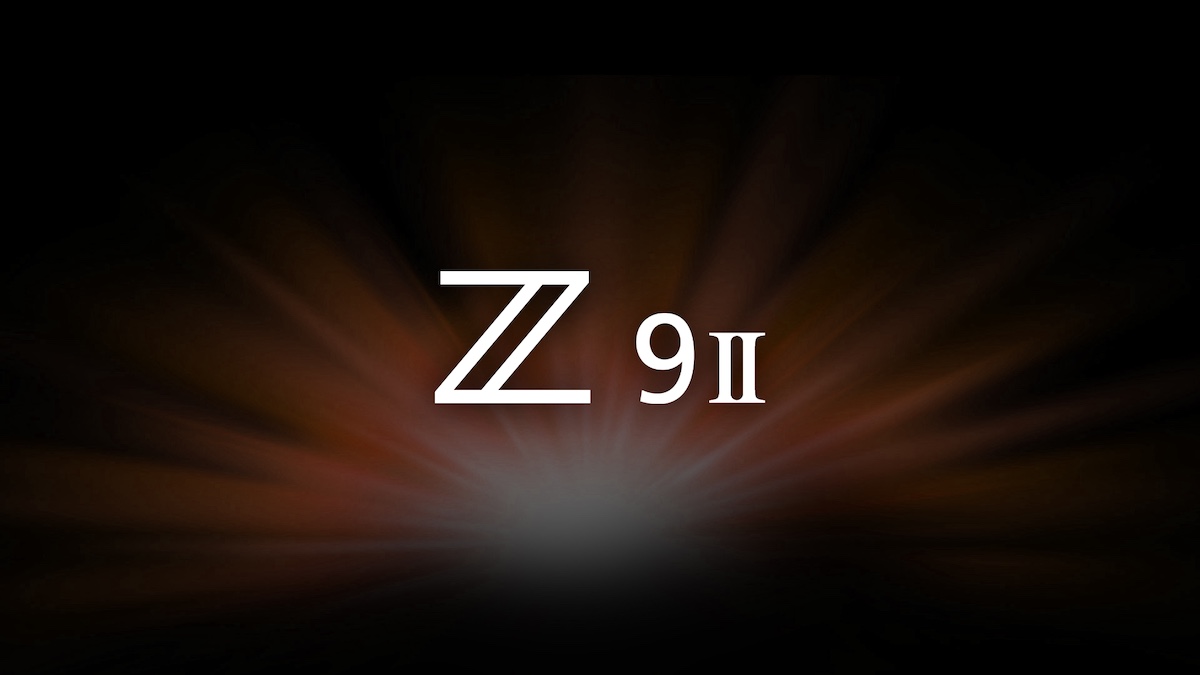




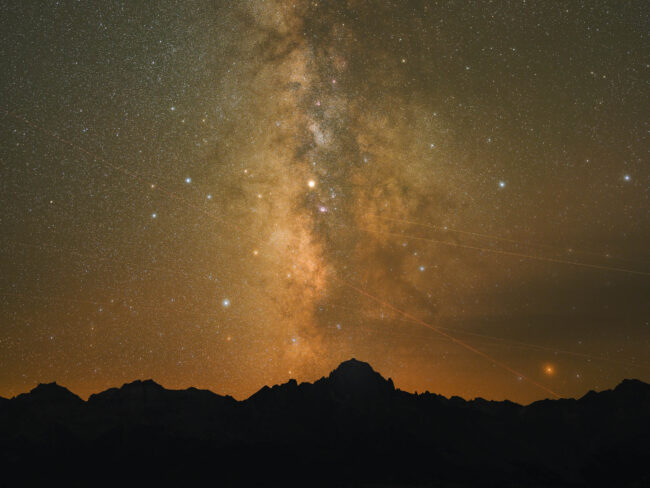
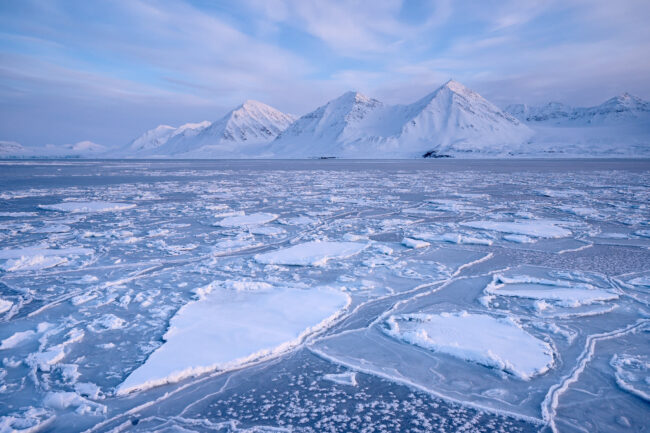
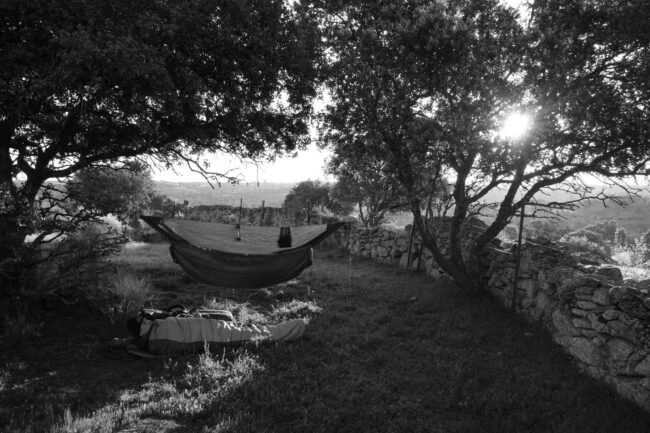
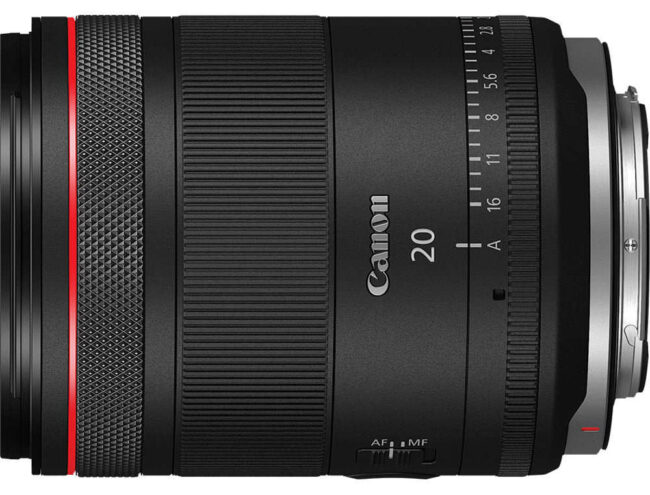






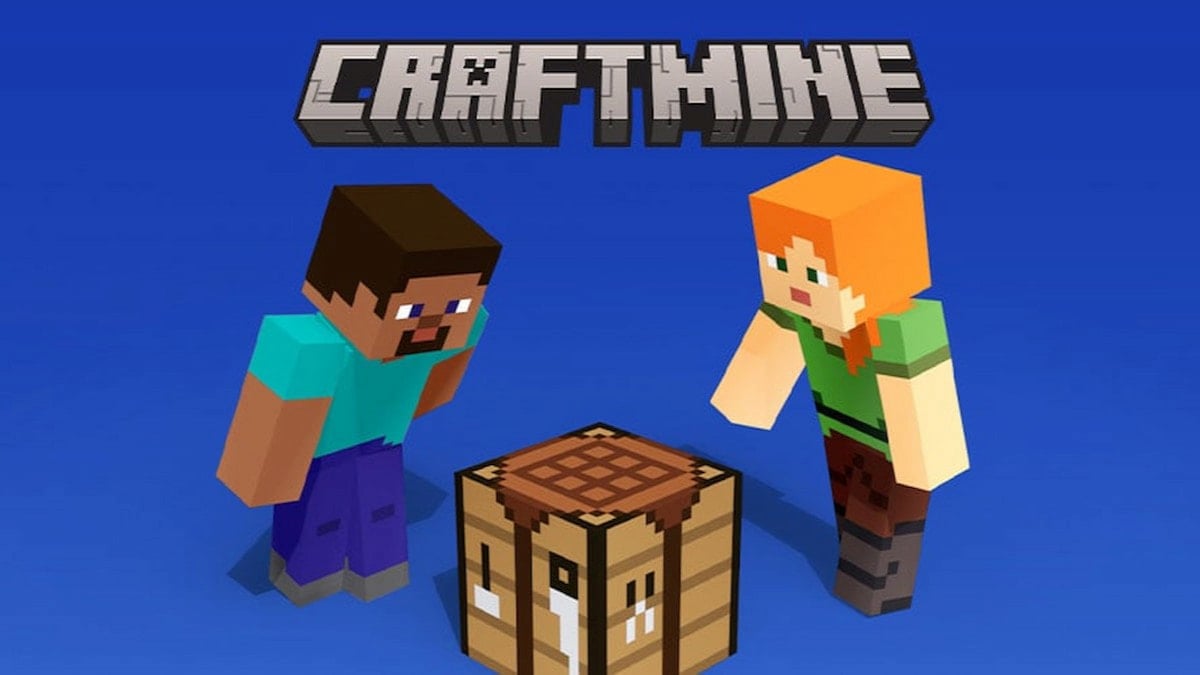
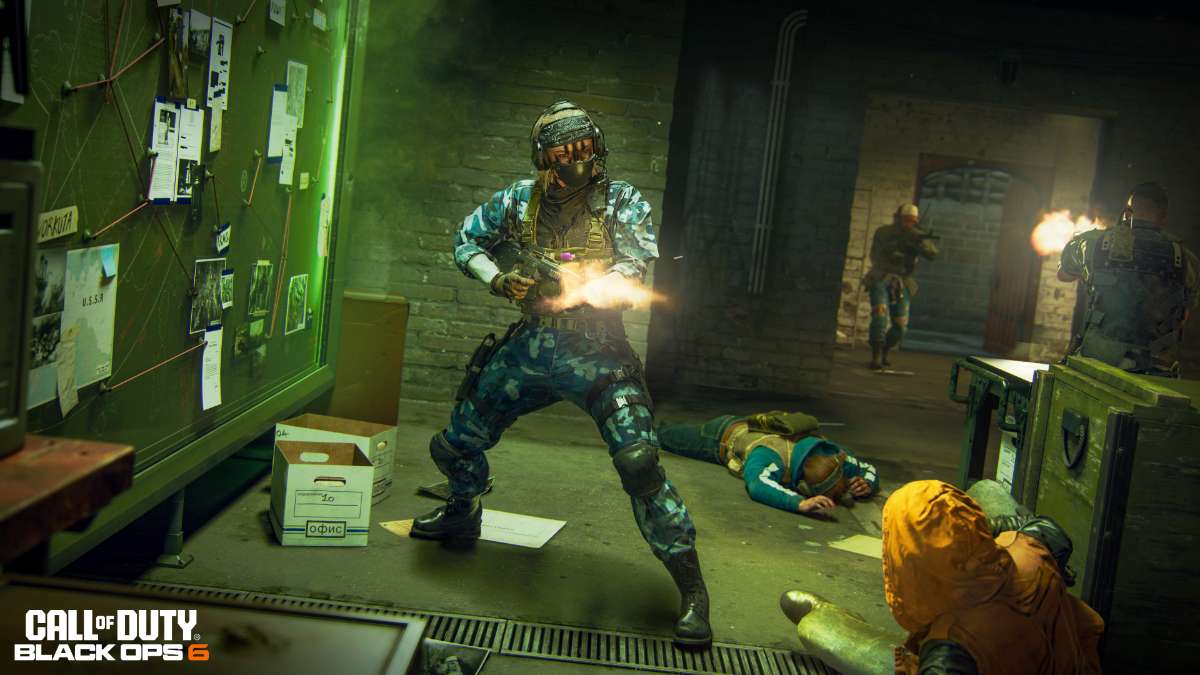
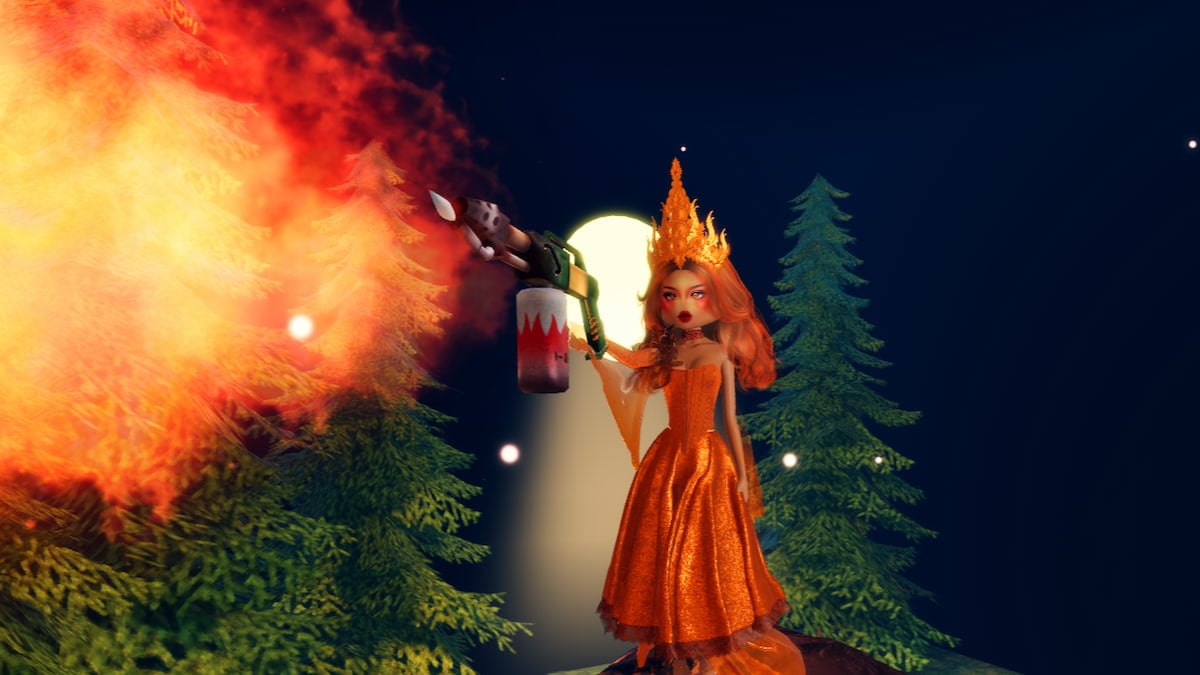



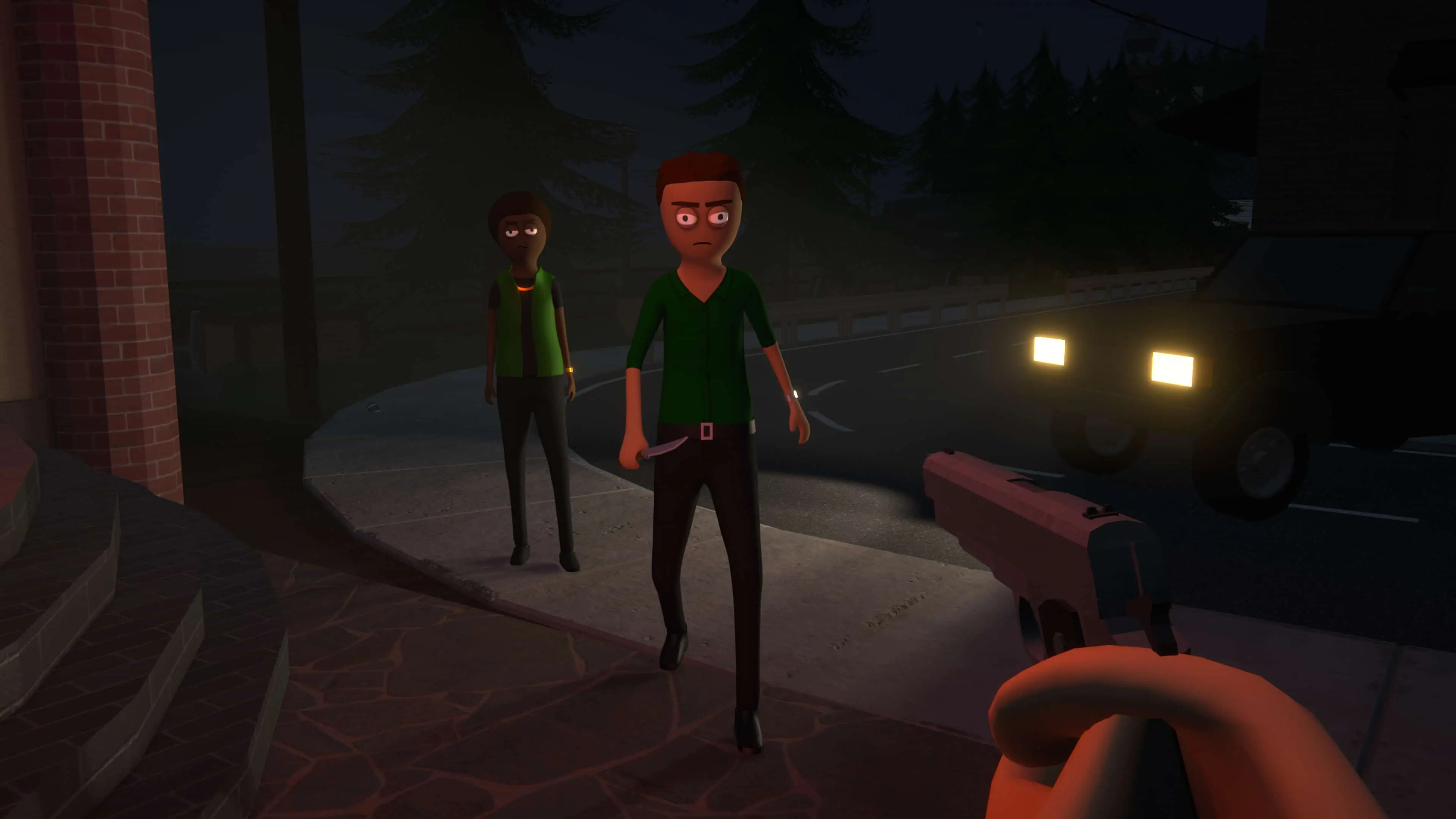

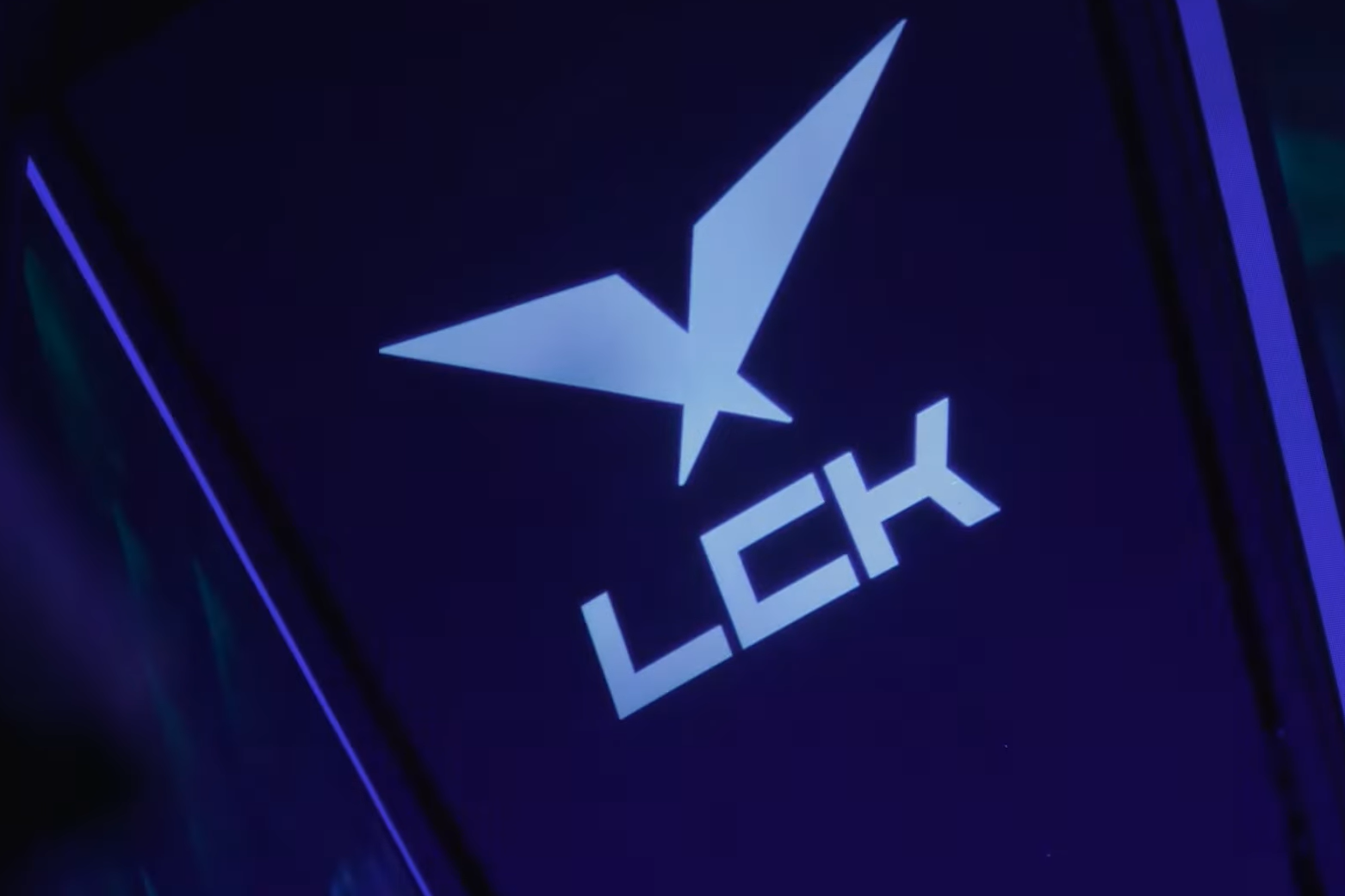
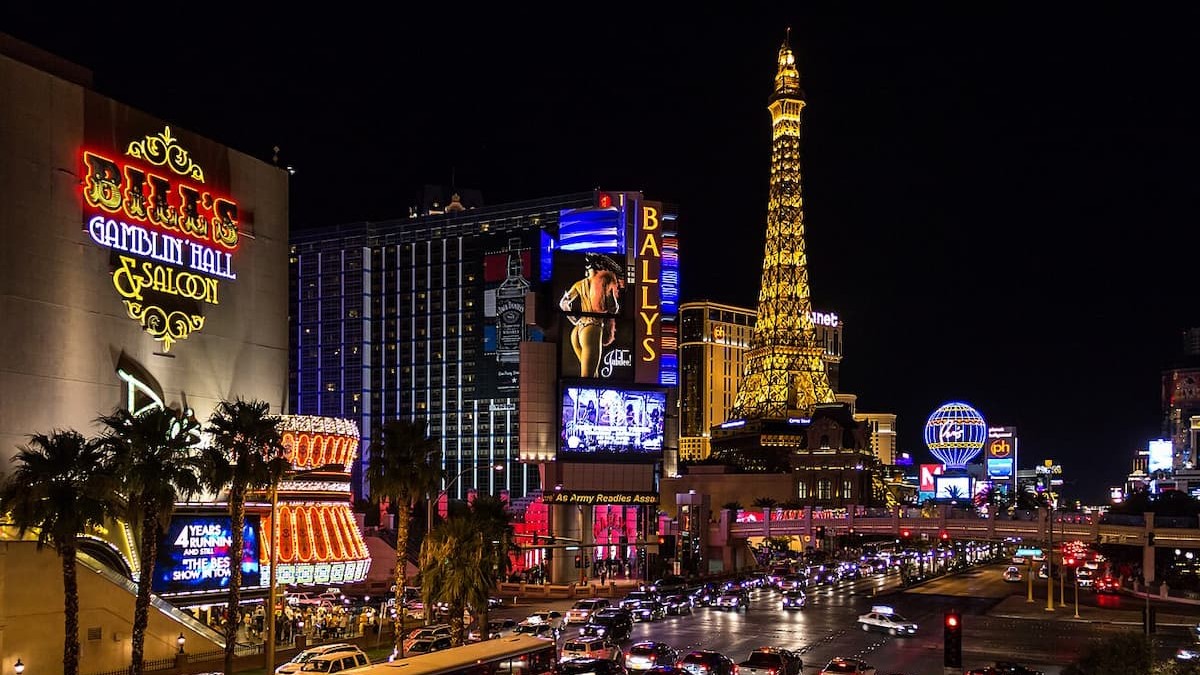
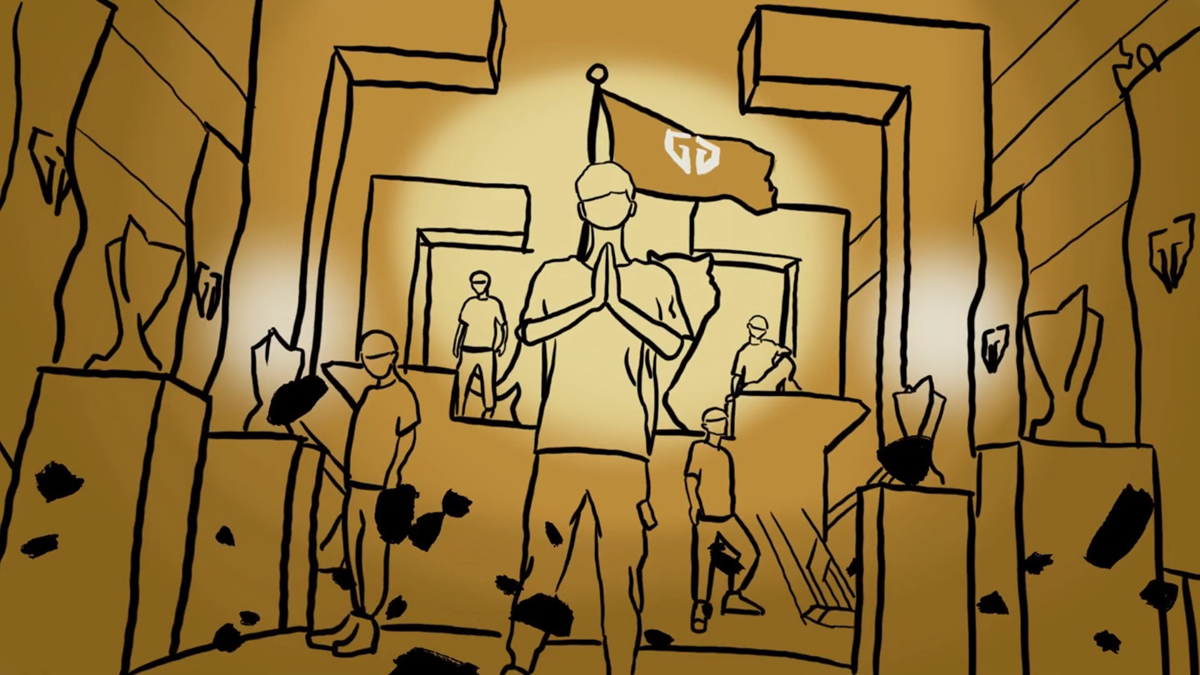


























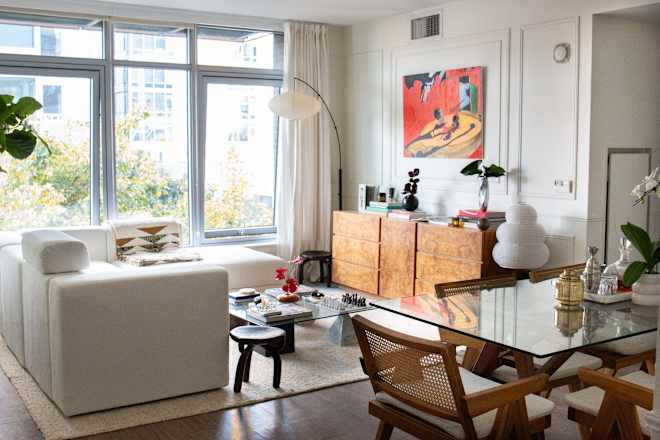






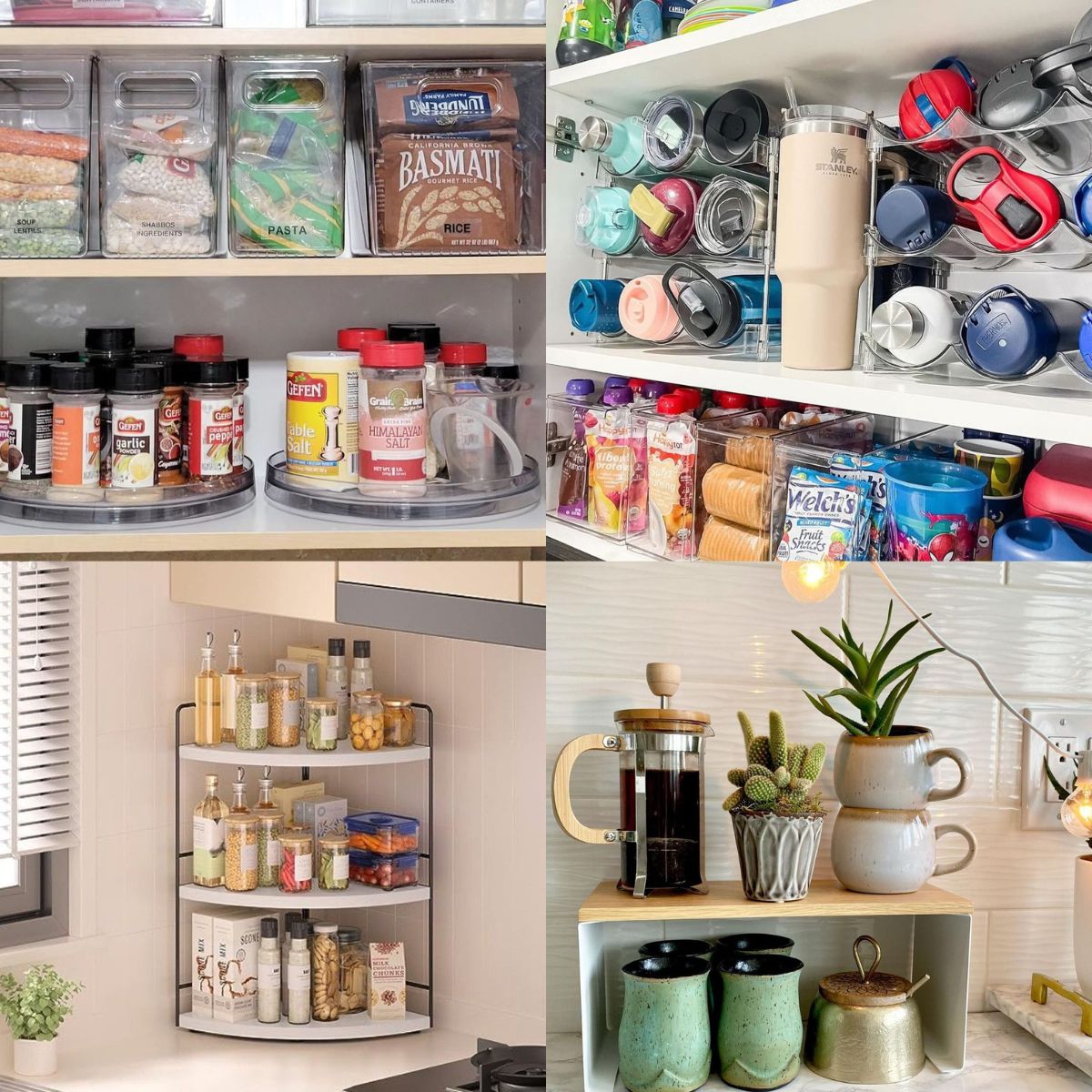
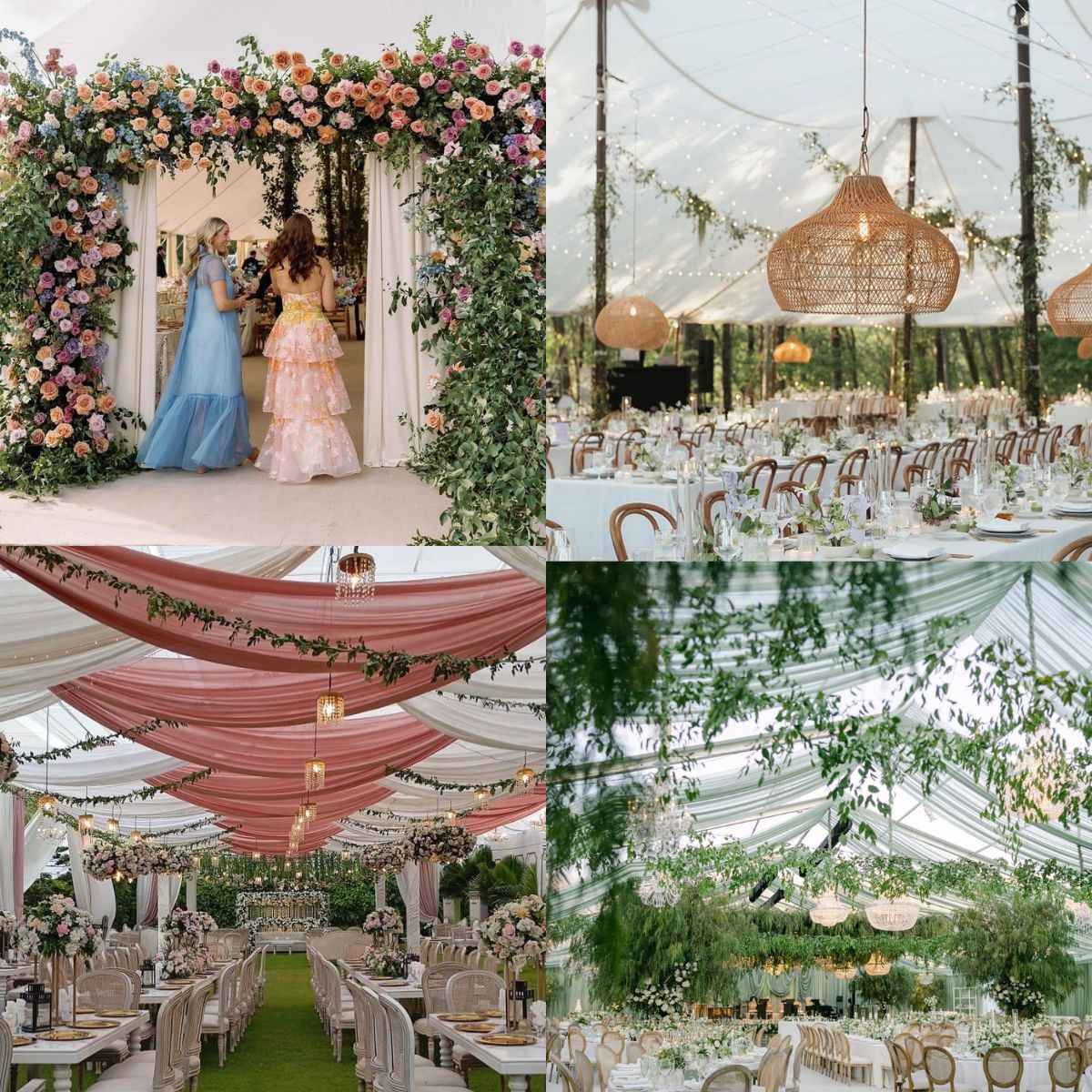
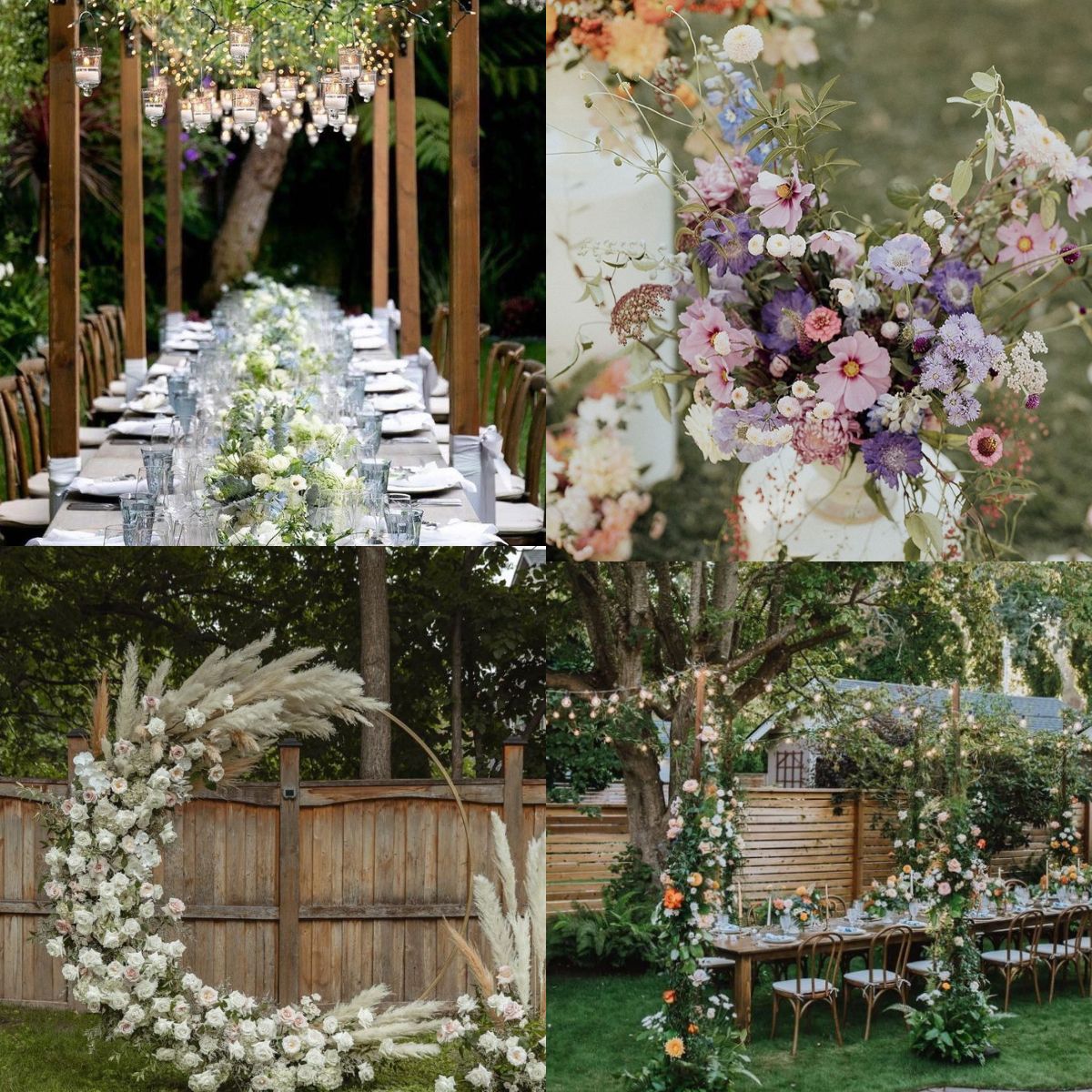
















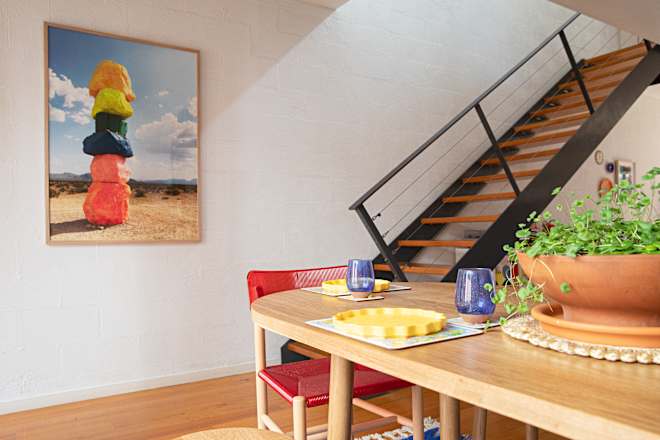




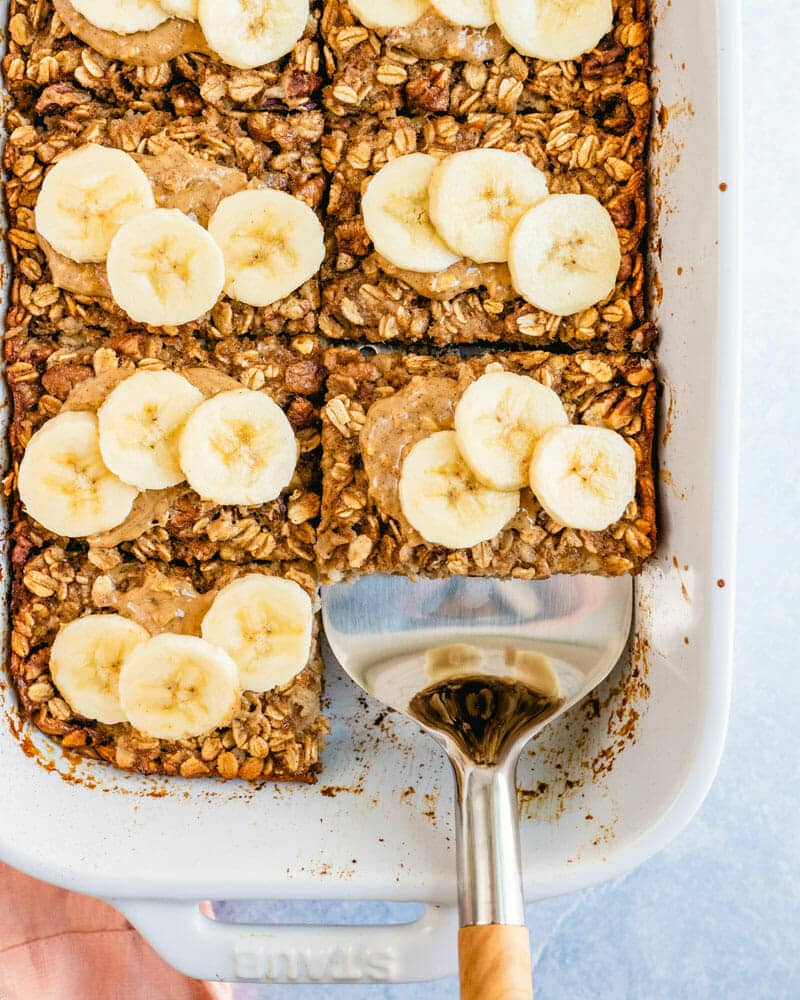













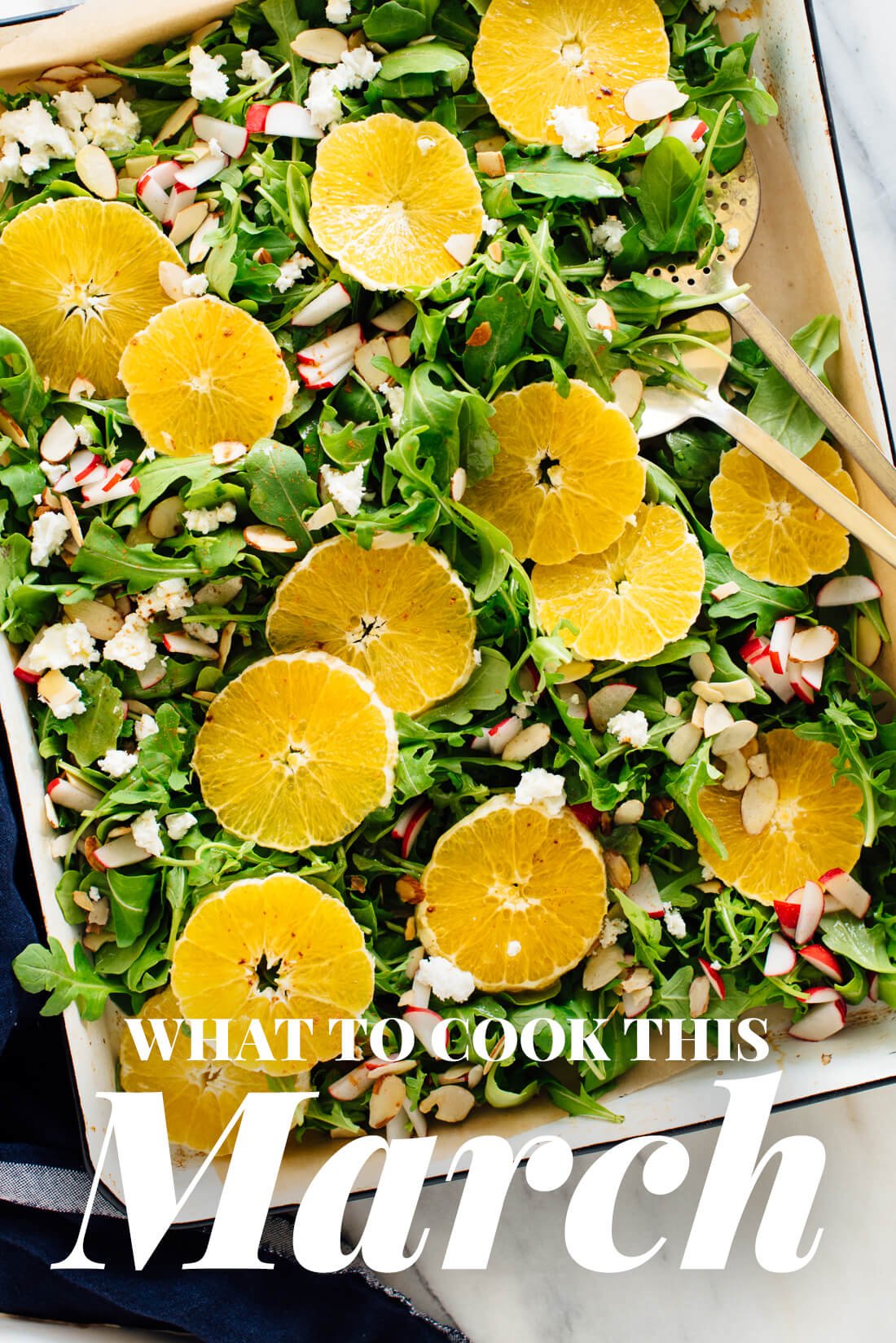






















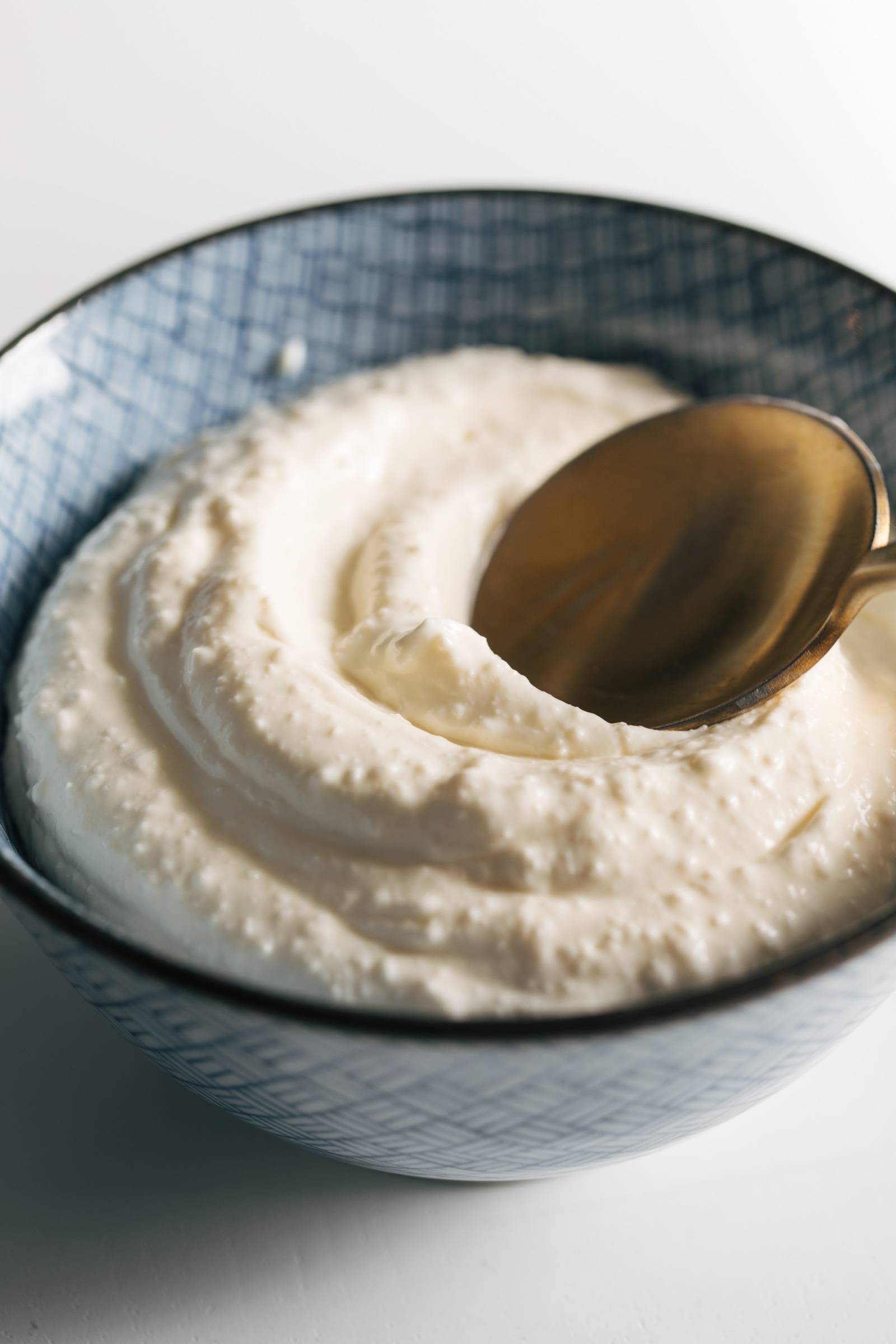











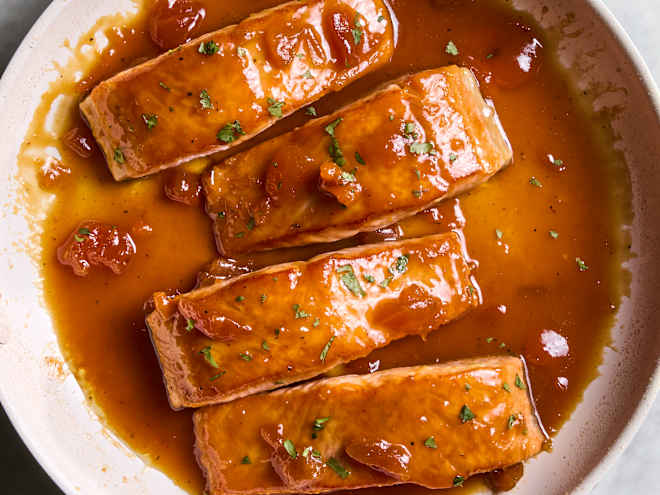
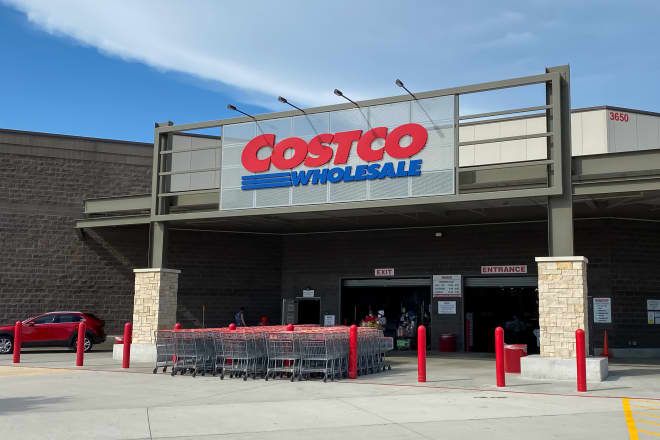


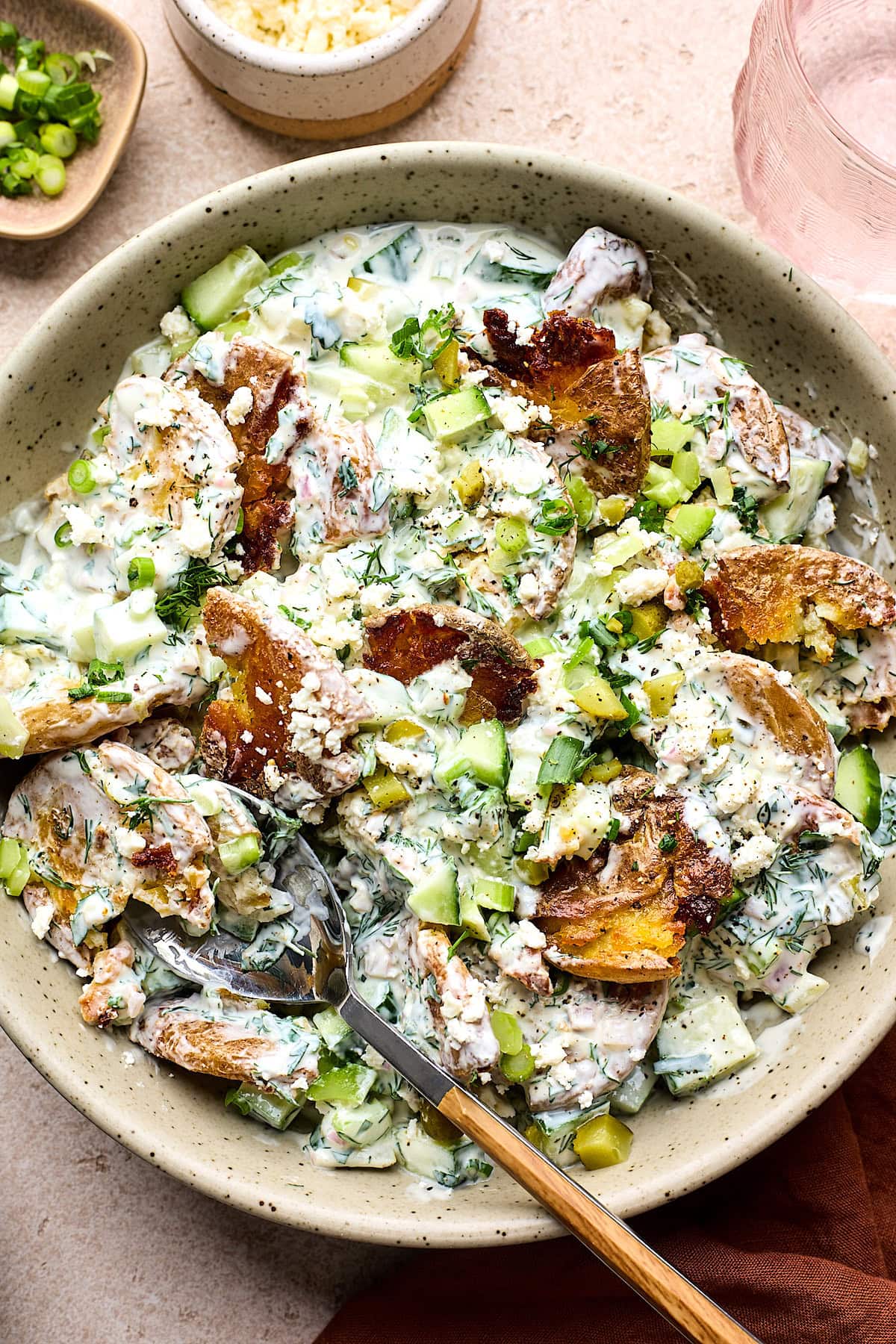
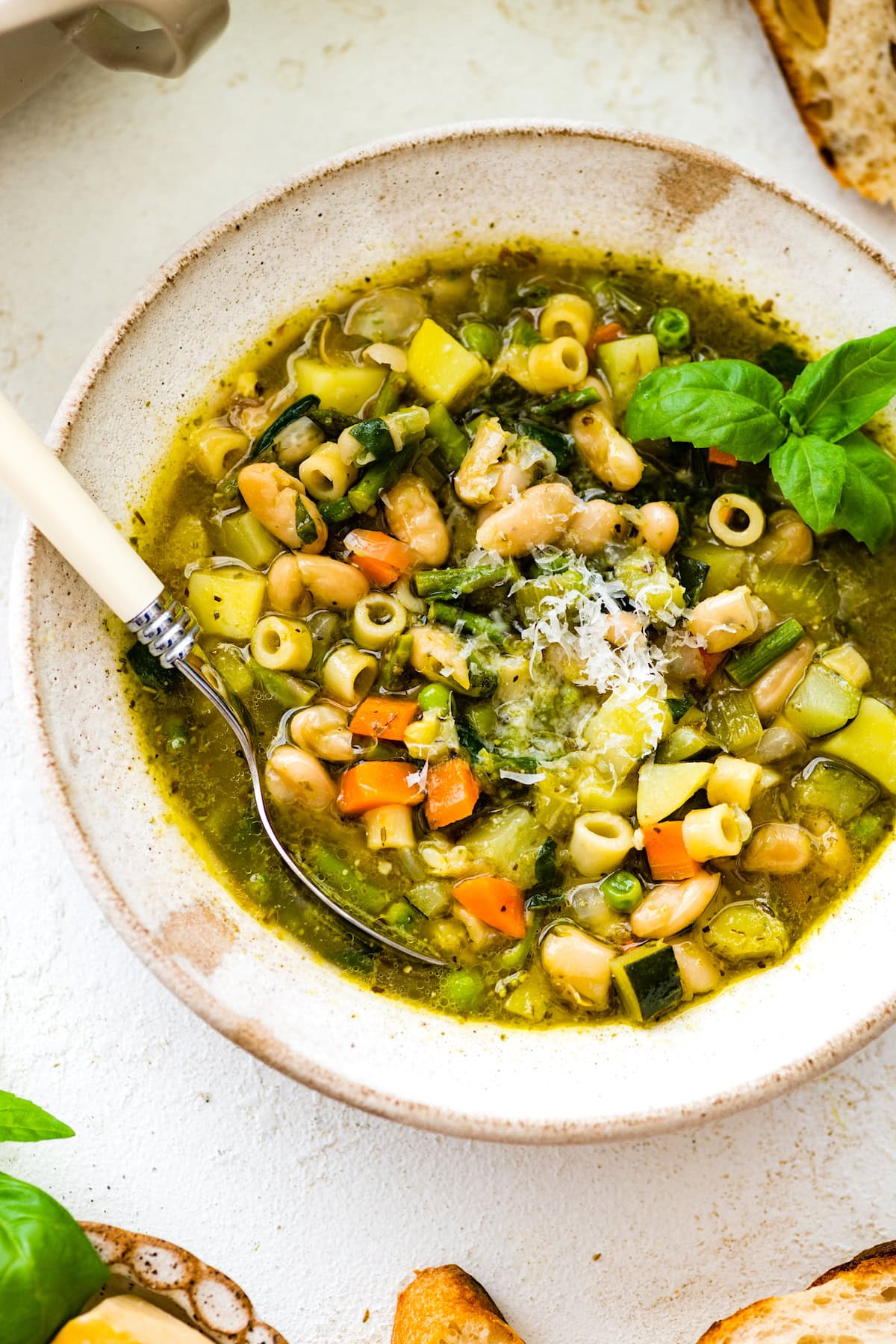


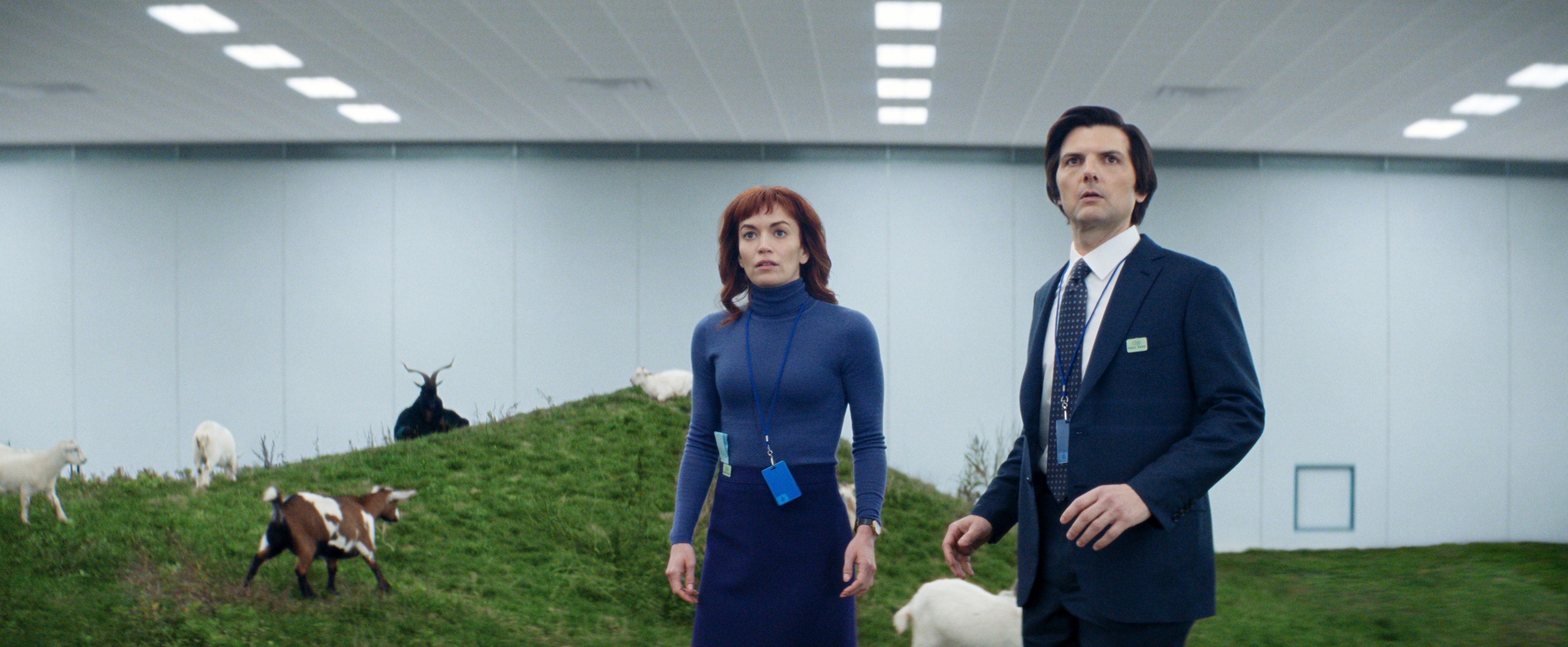




.jpg)






